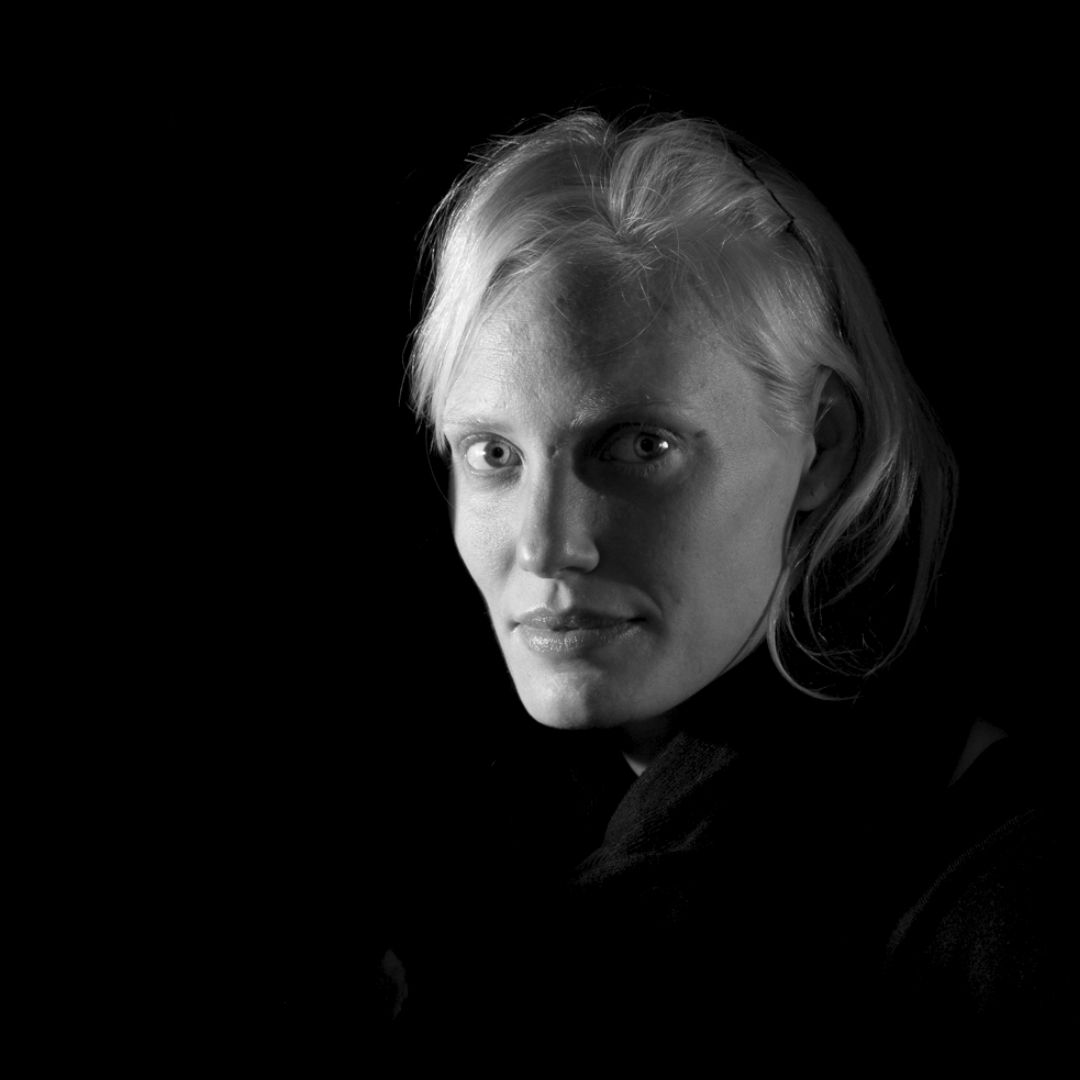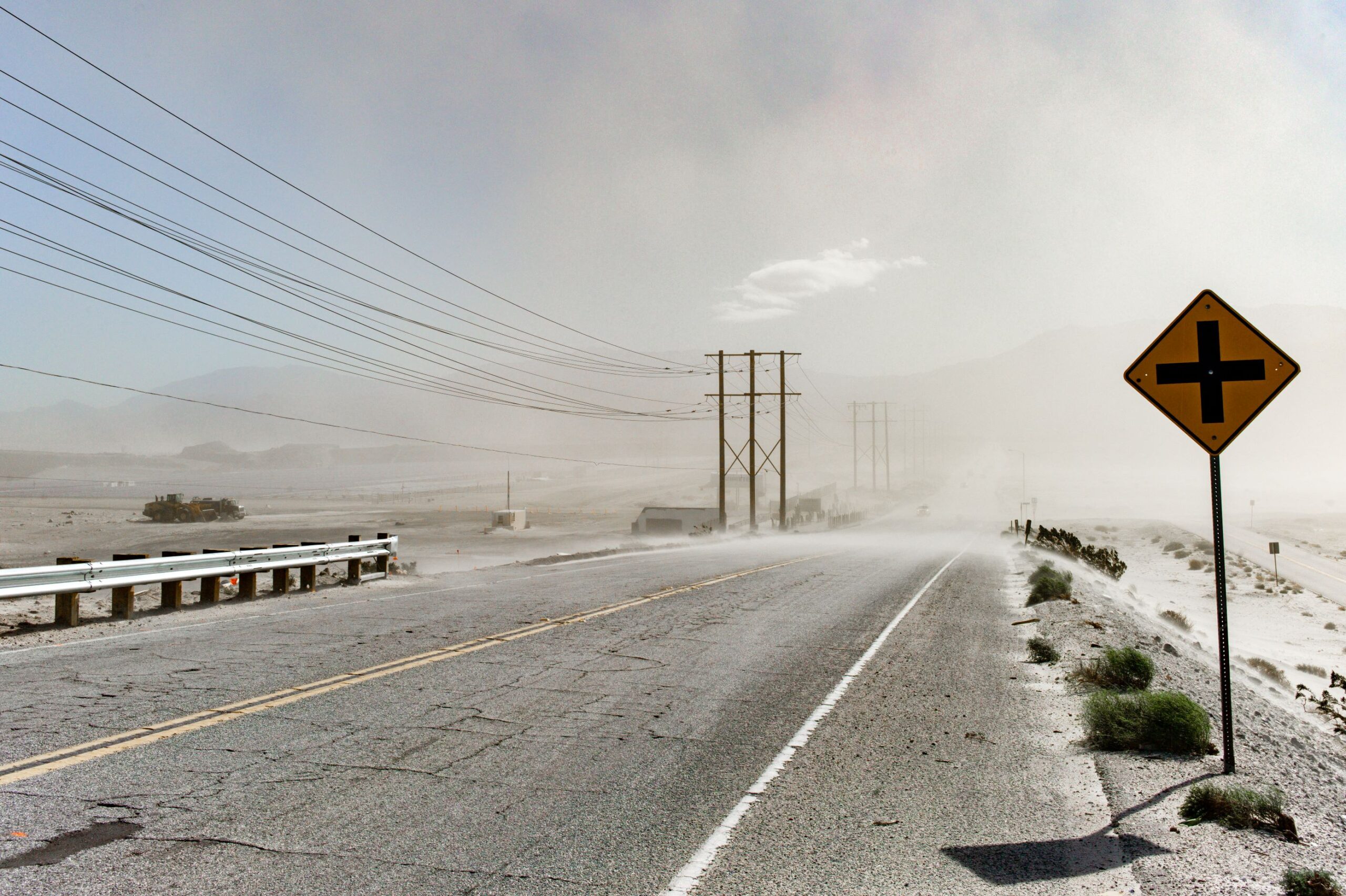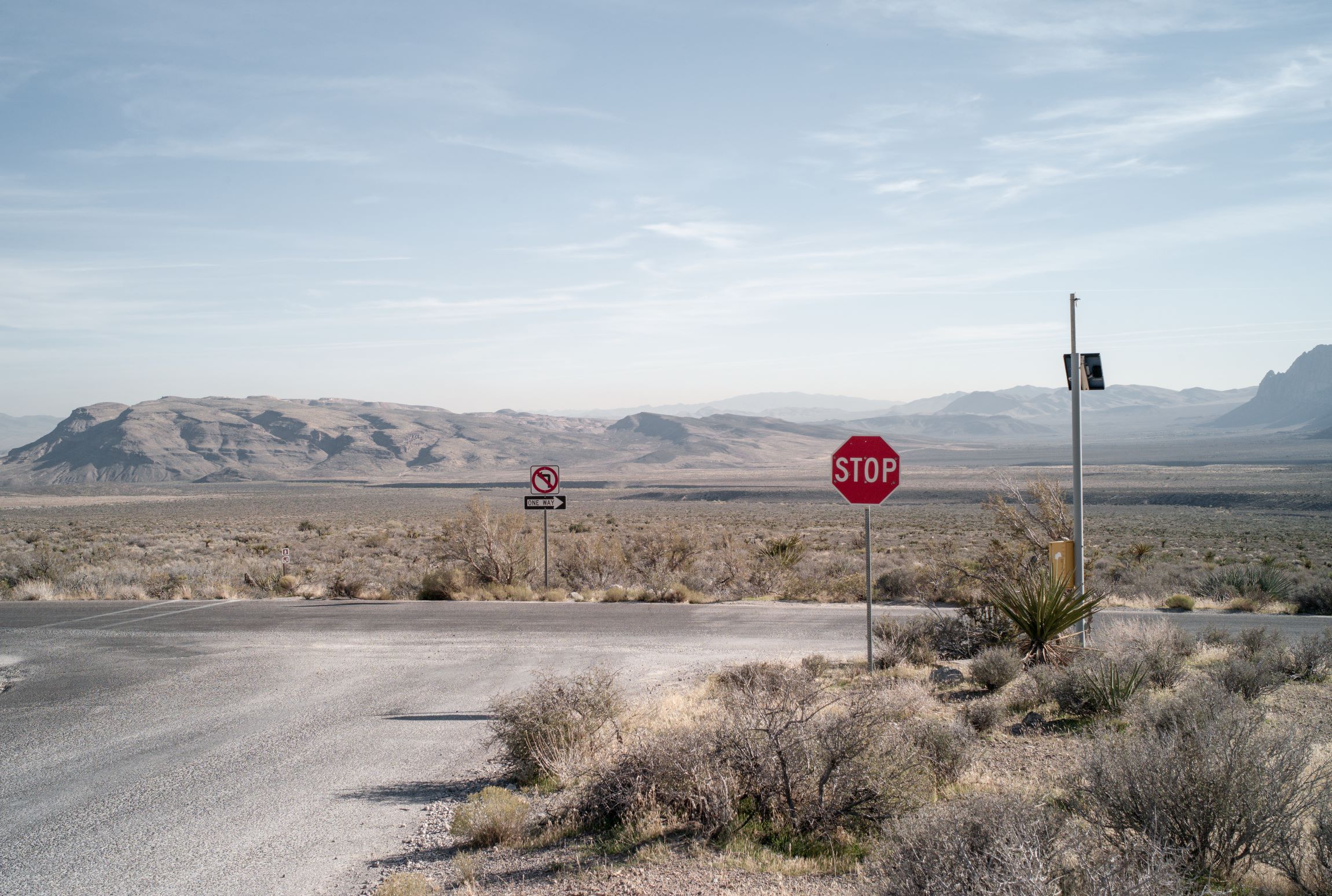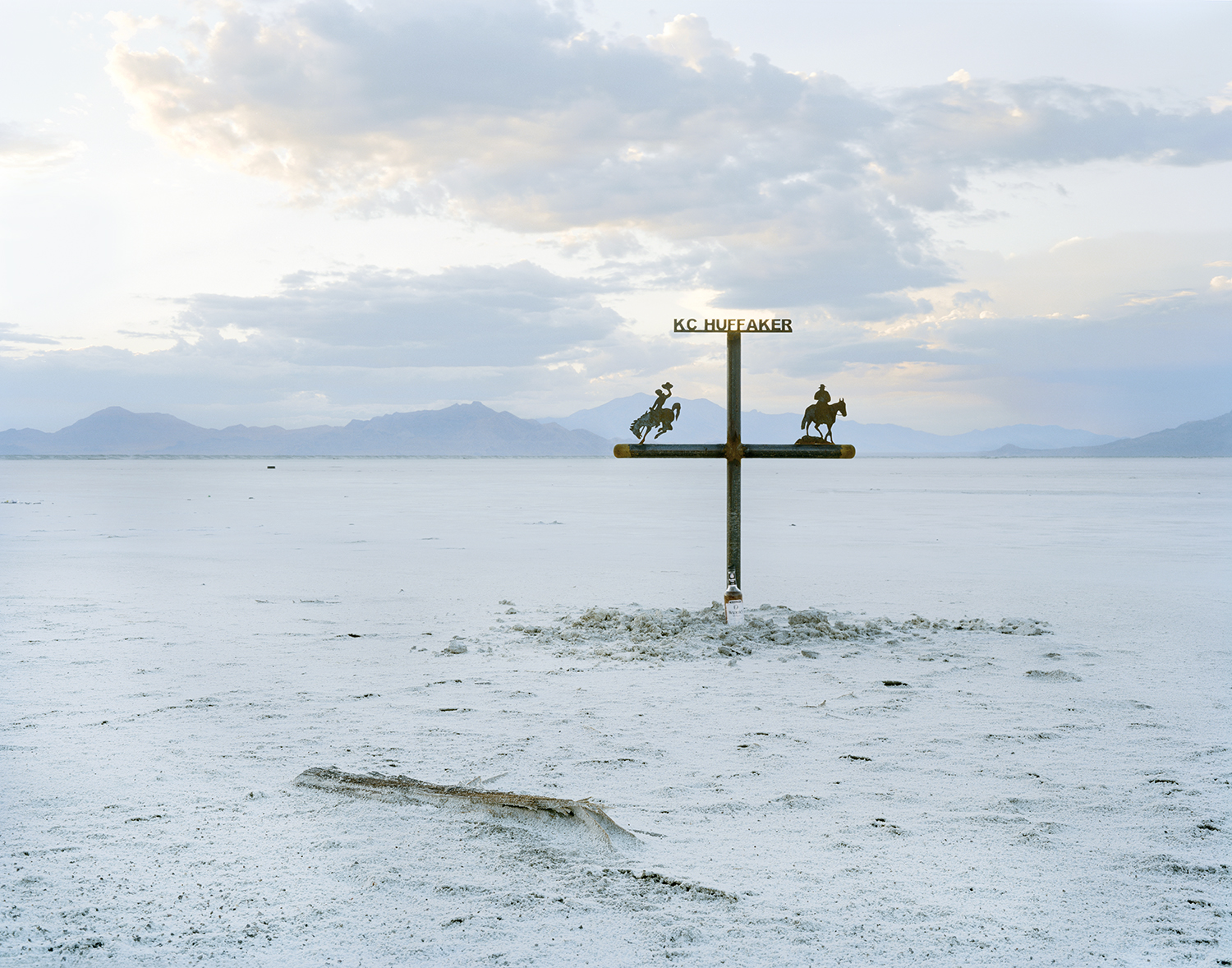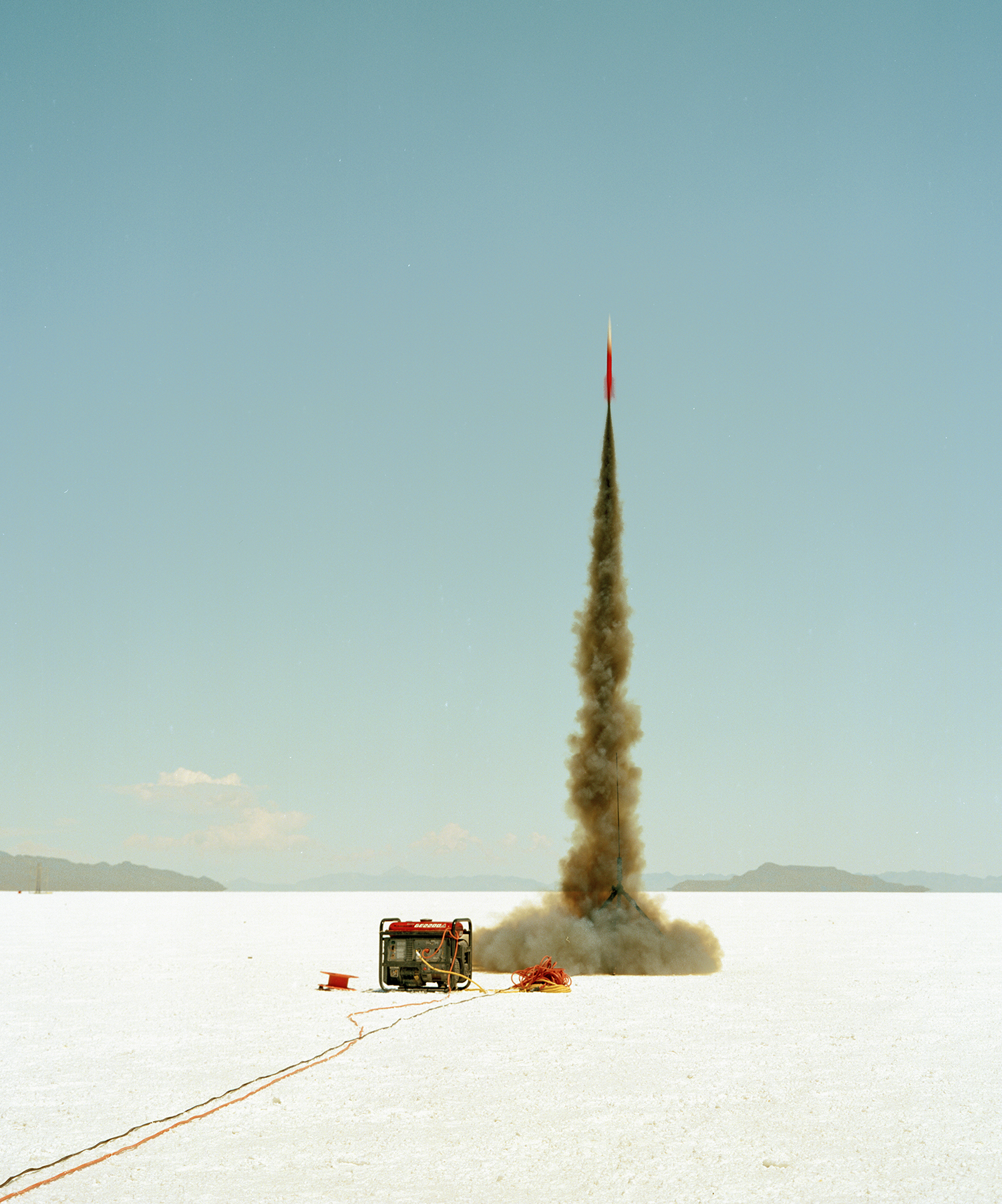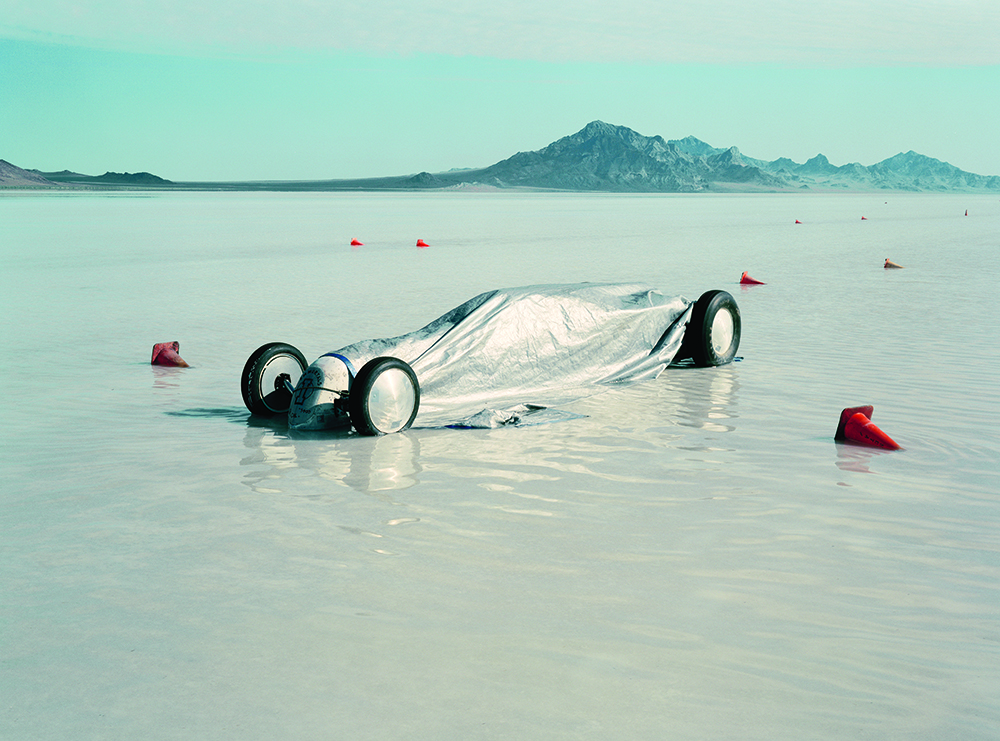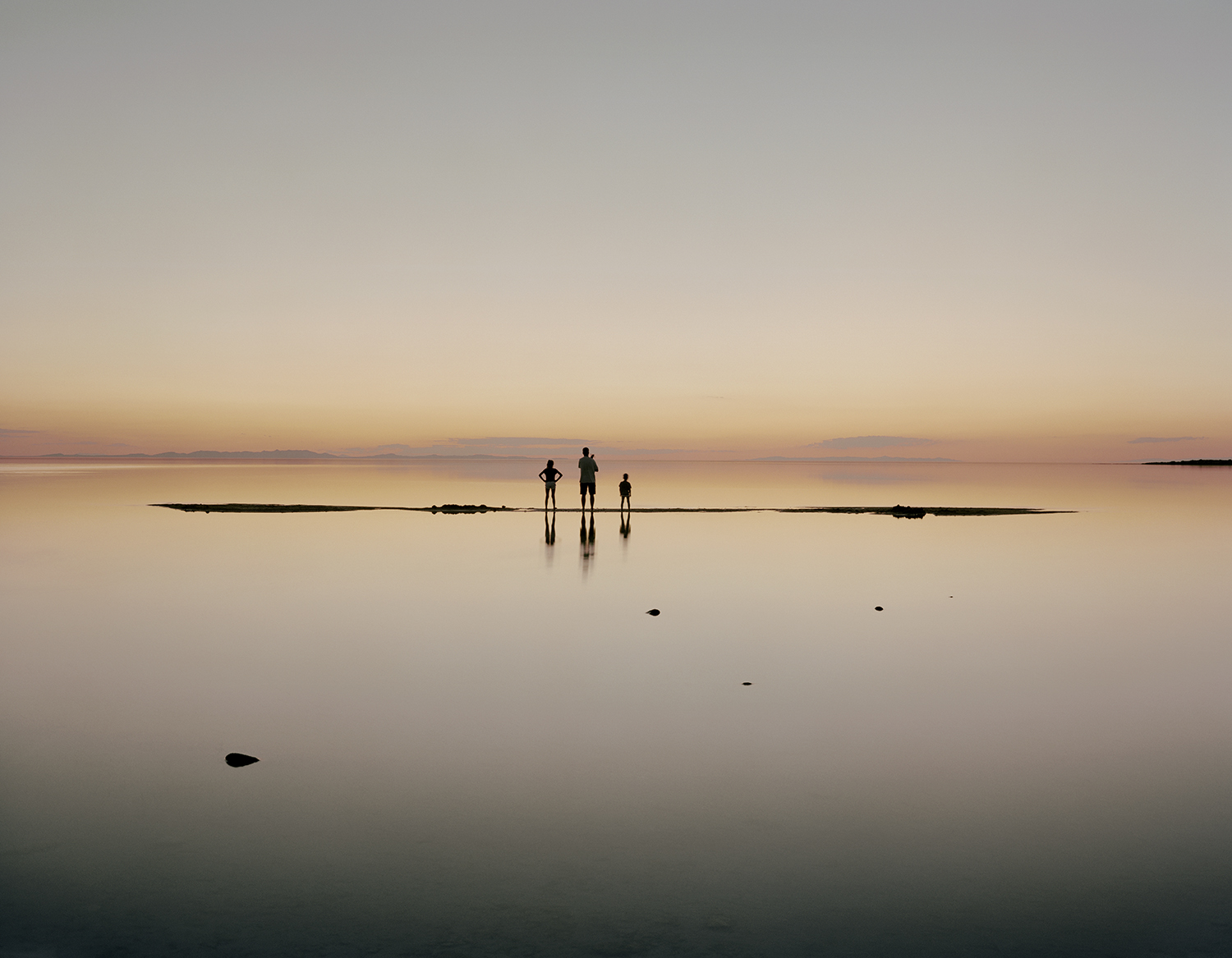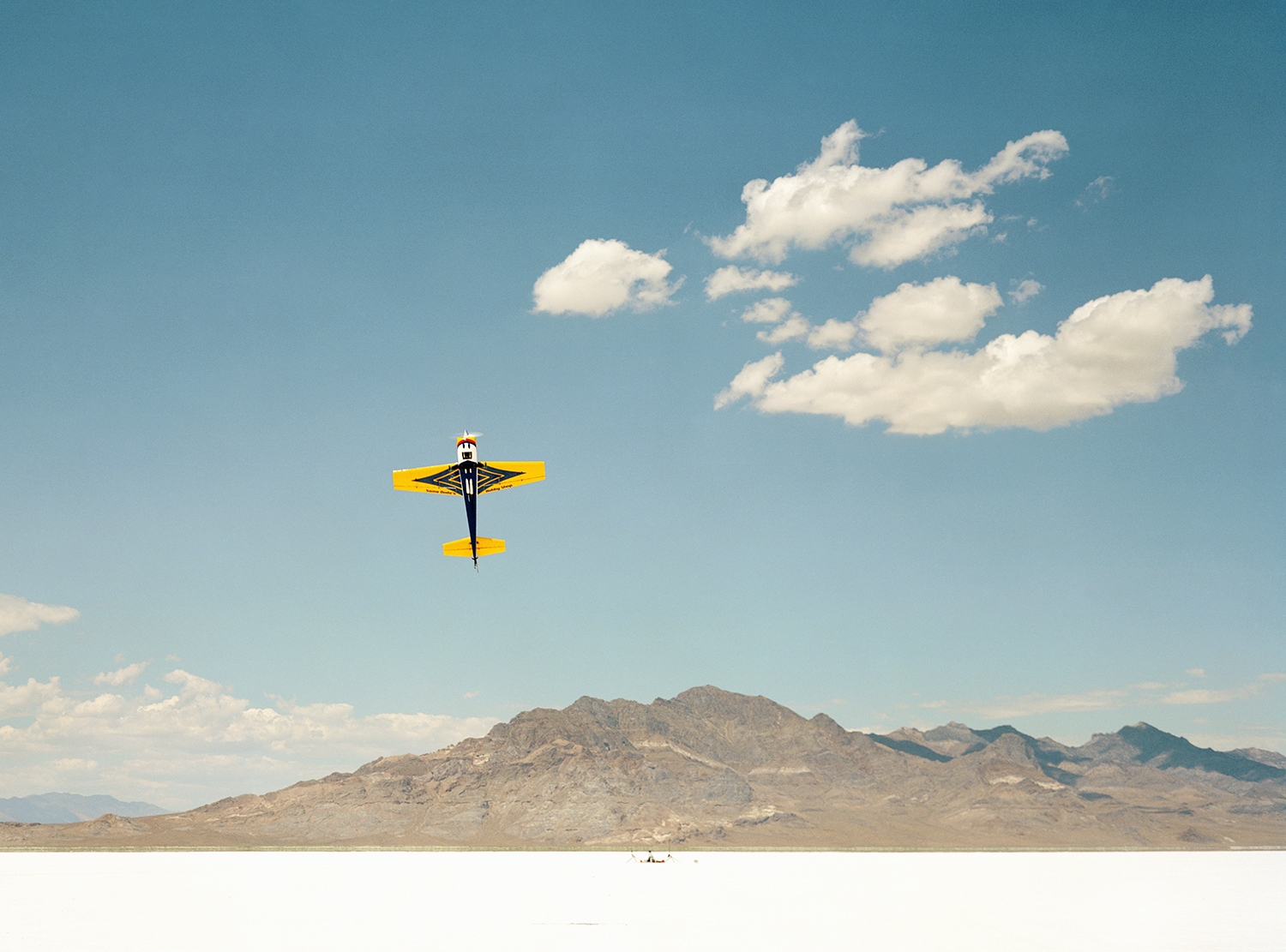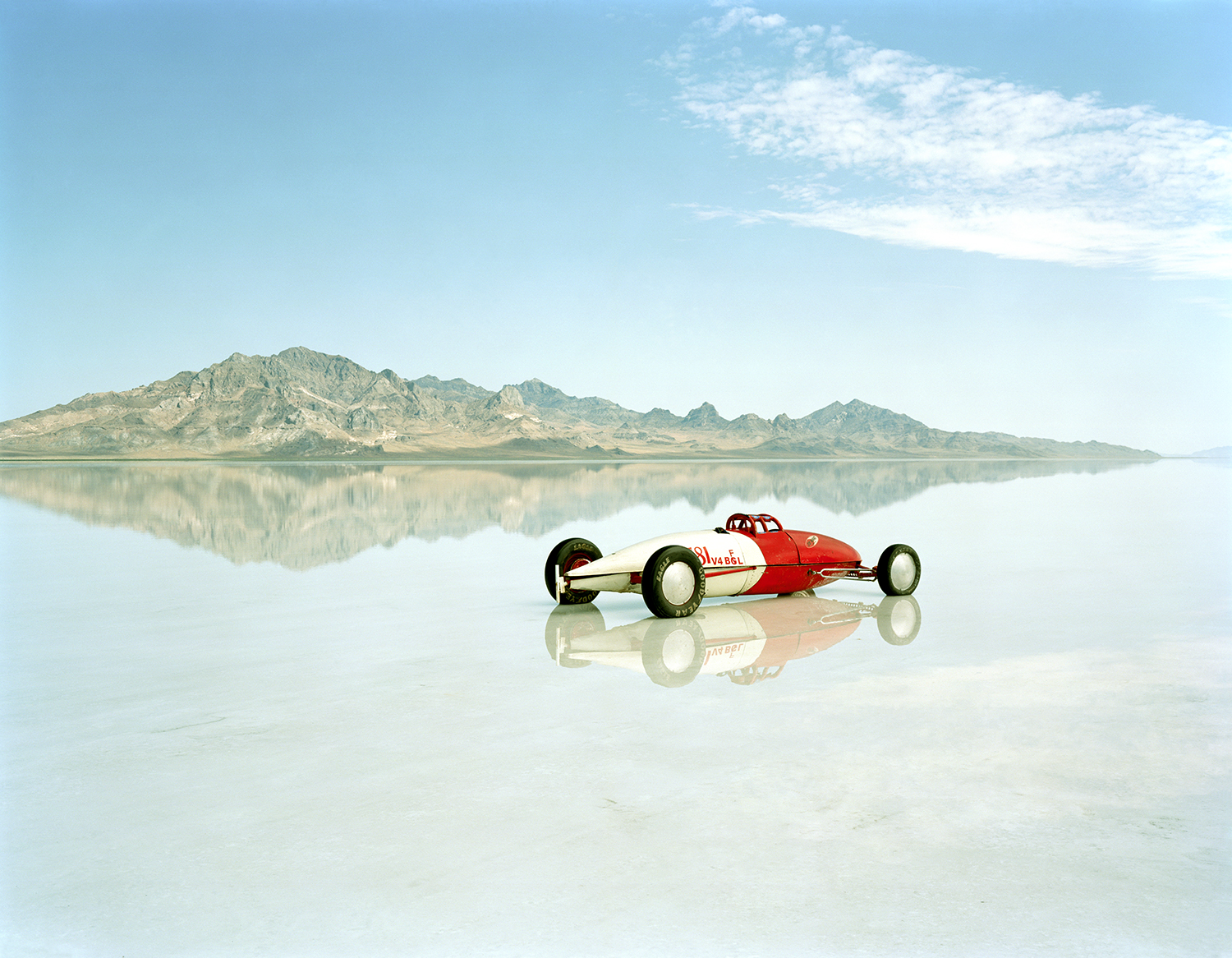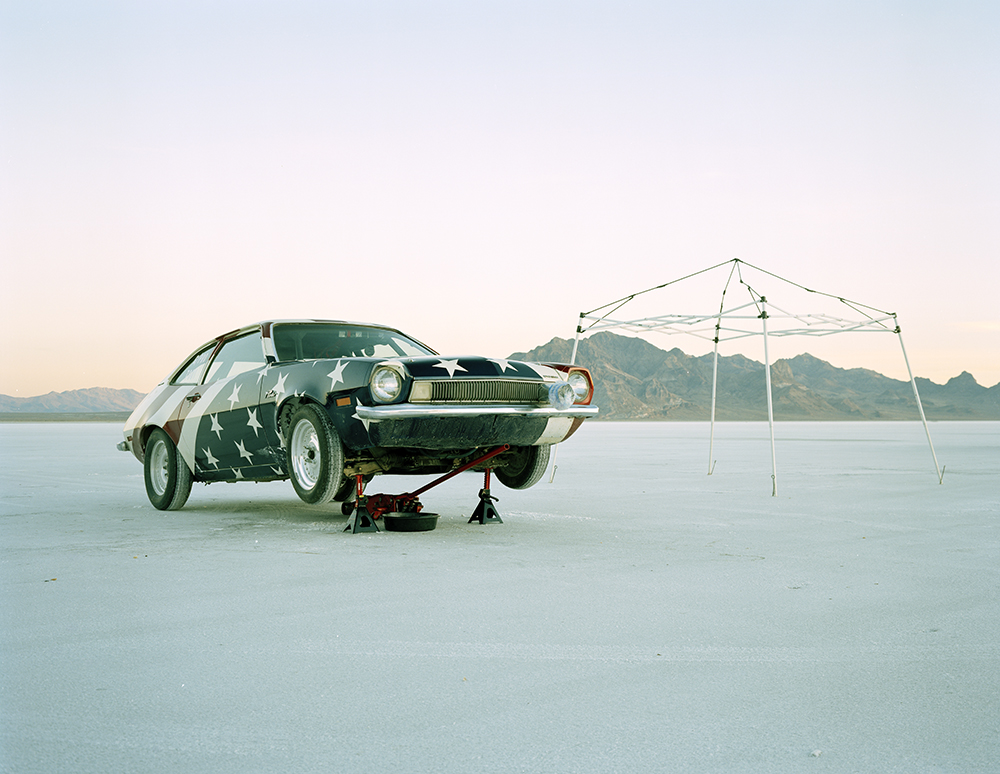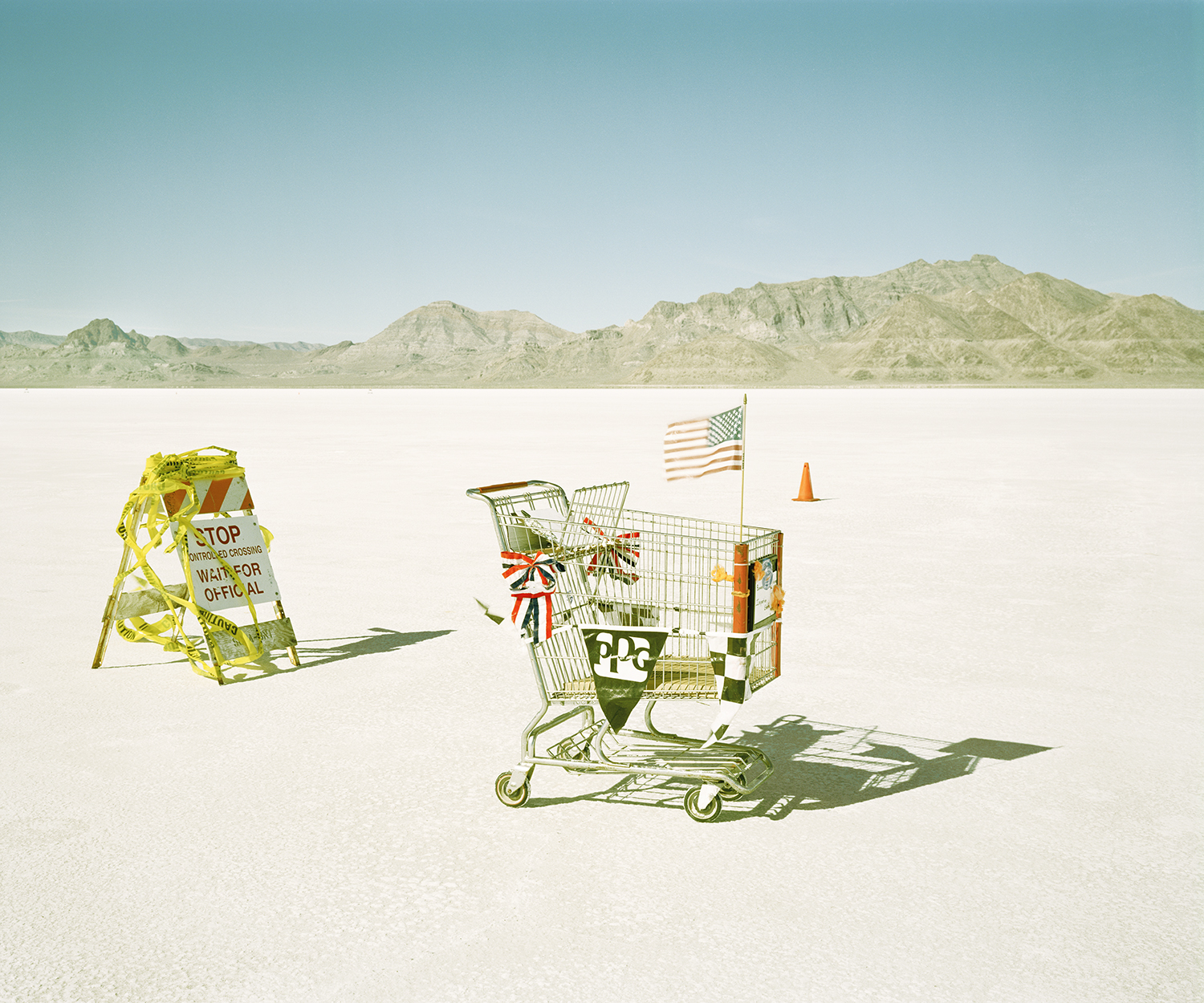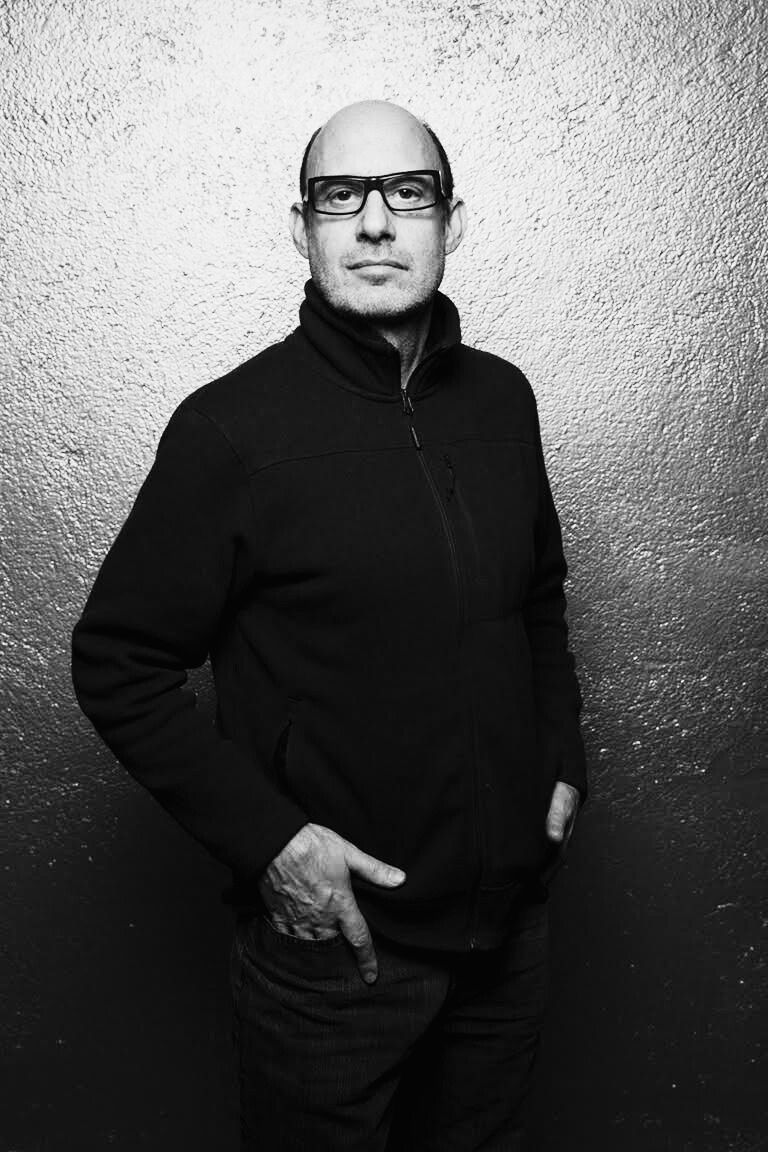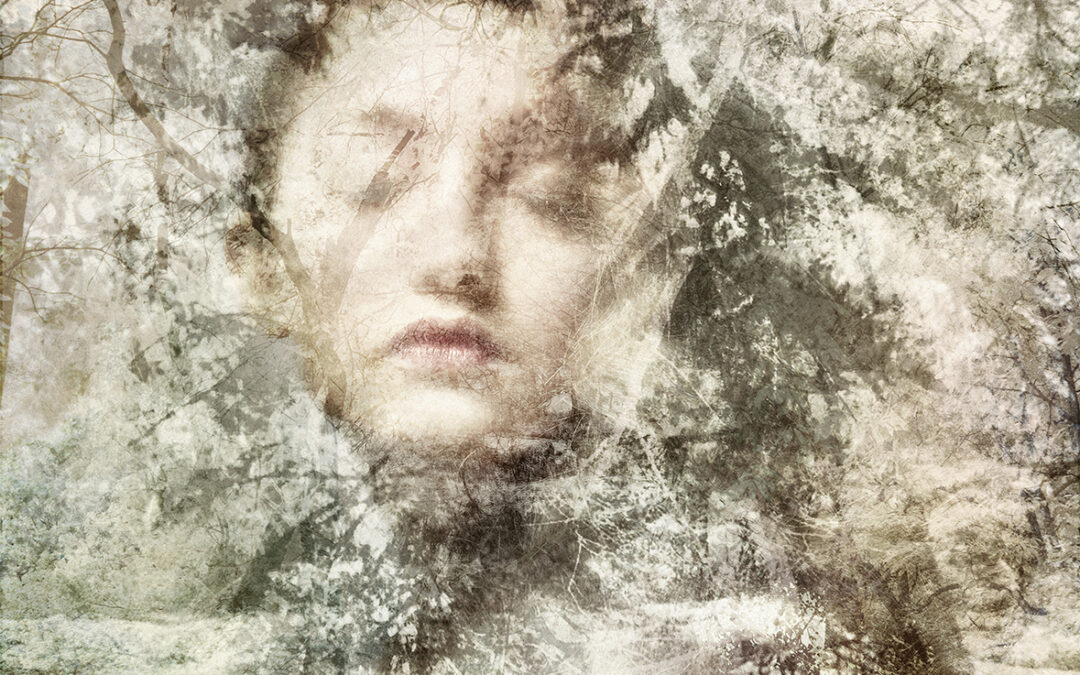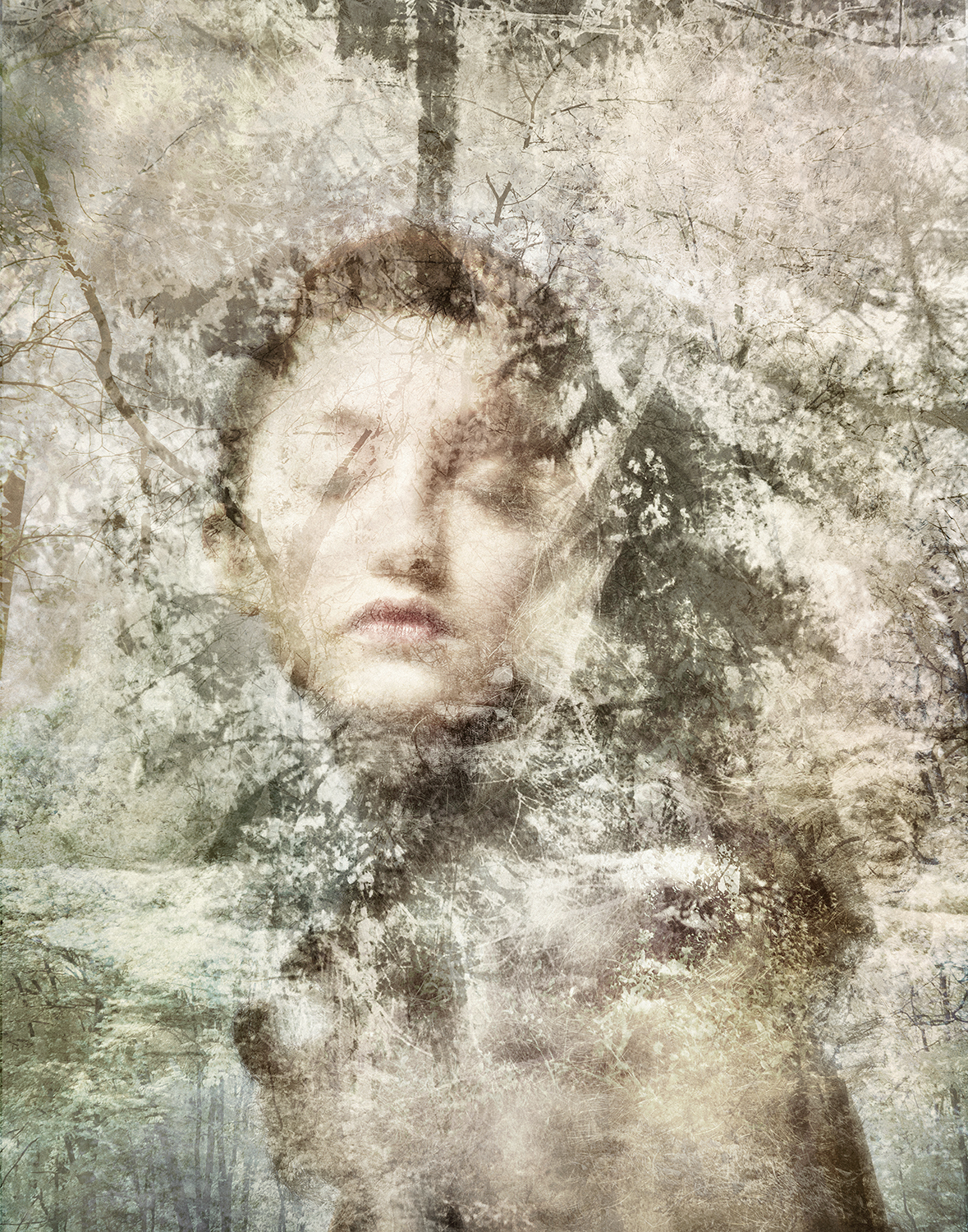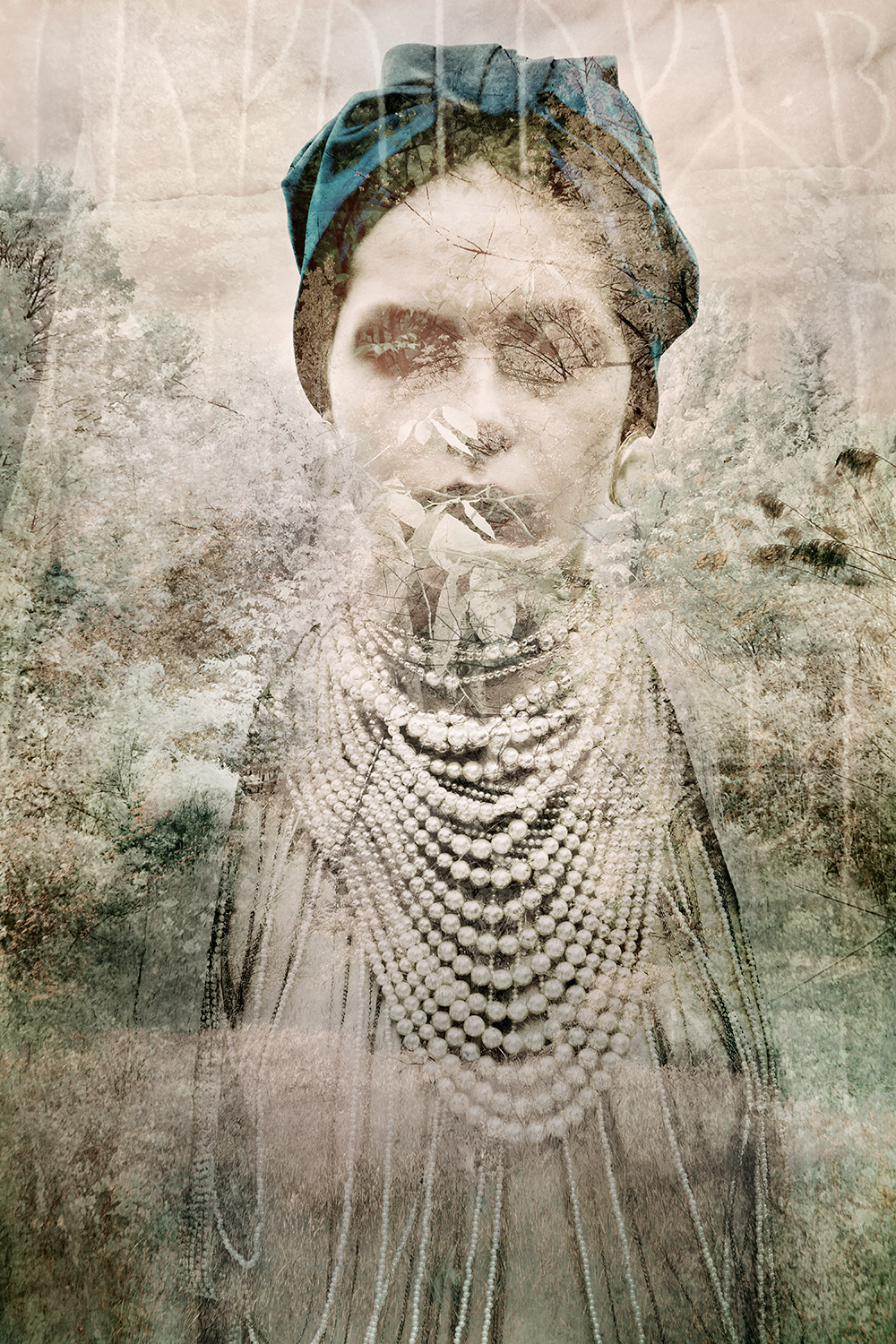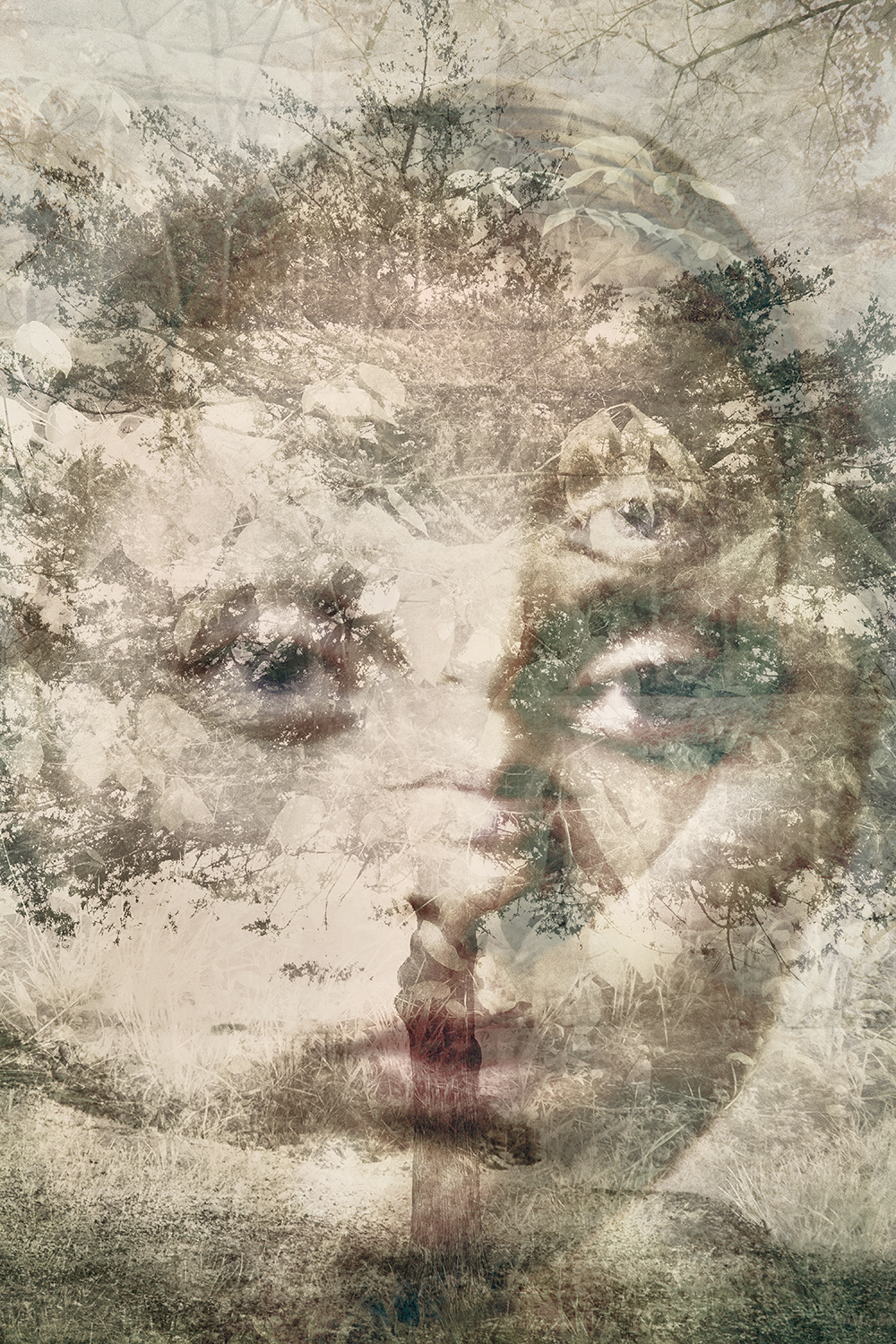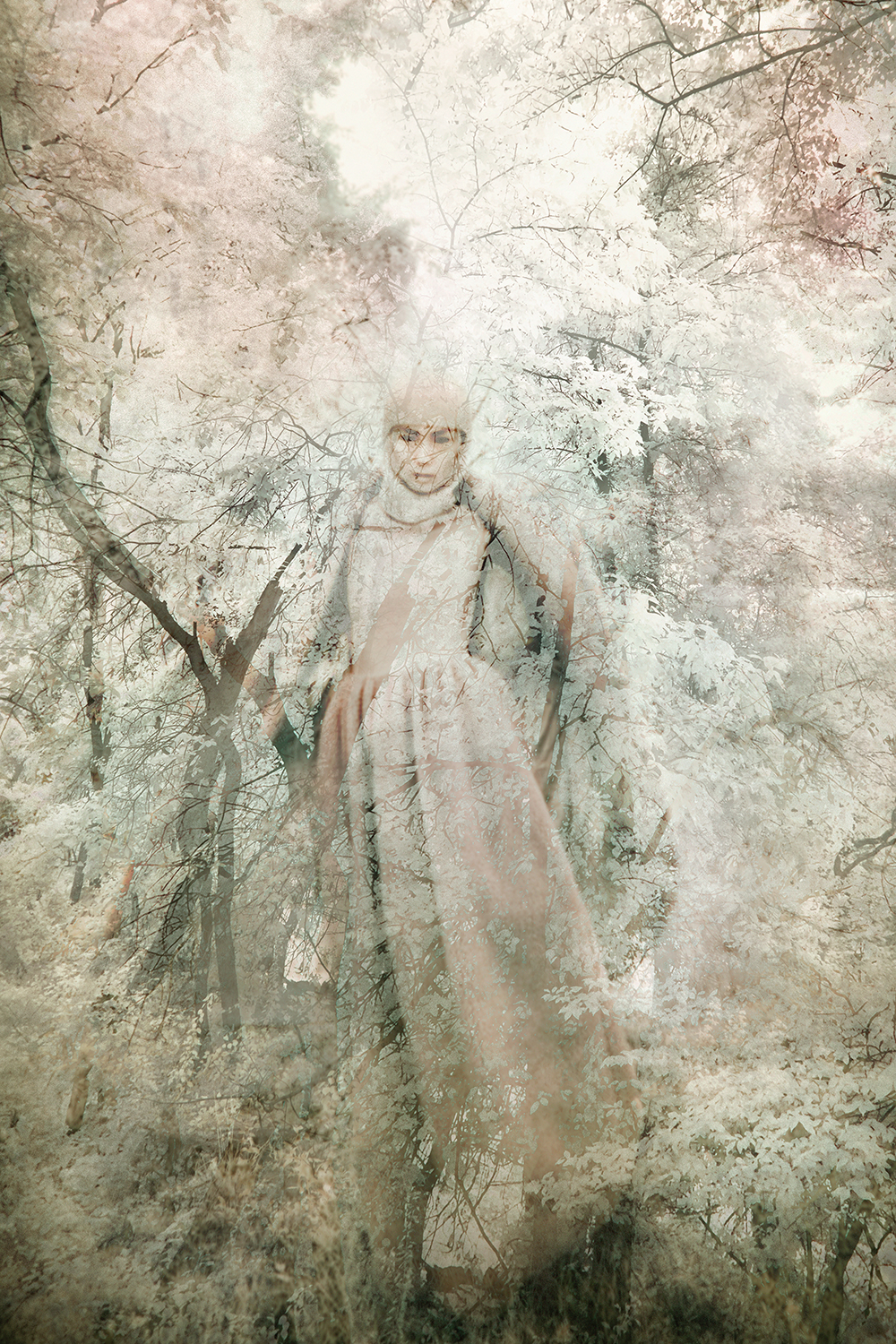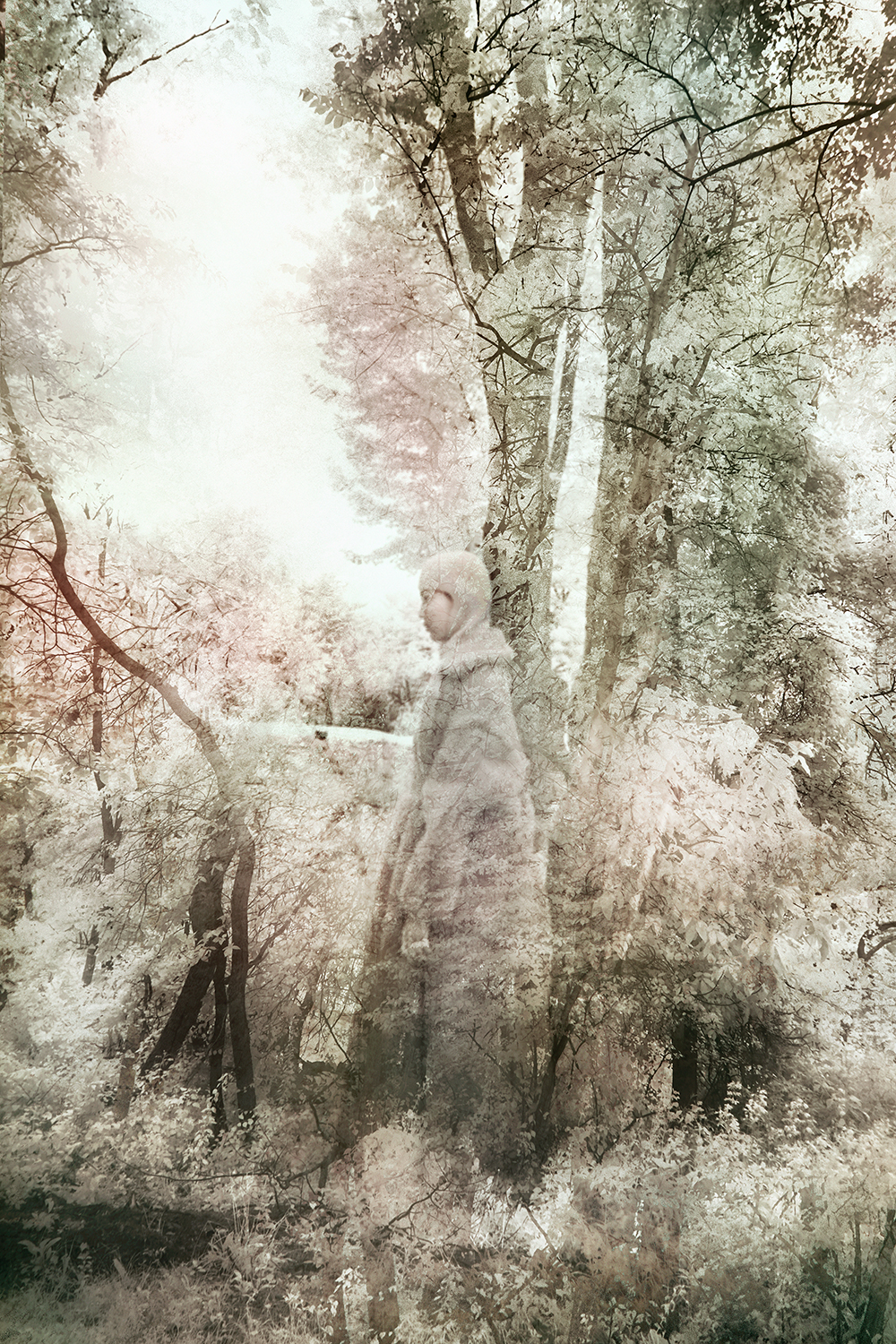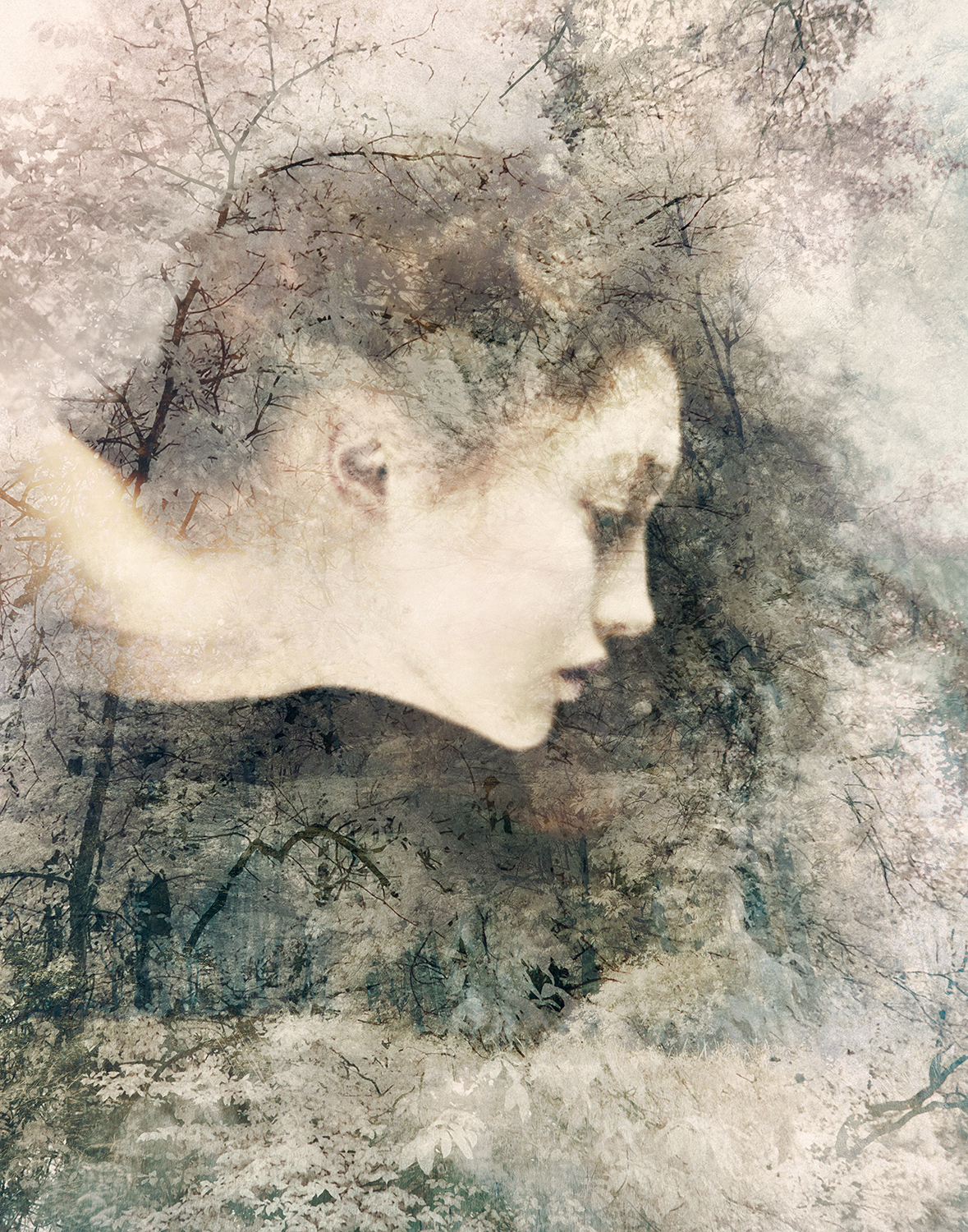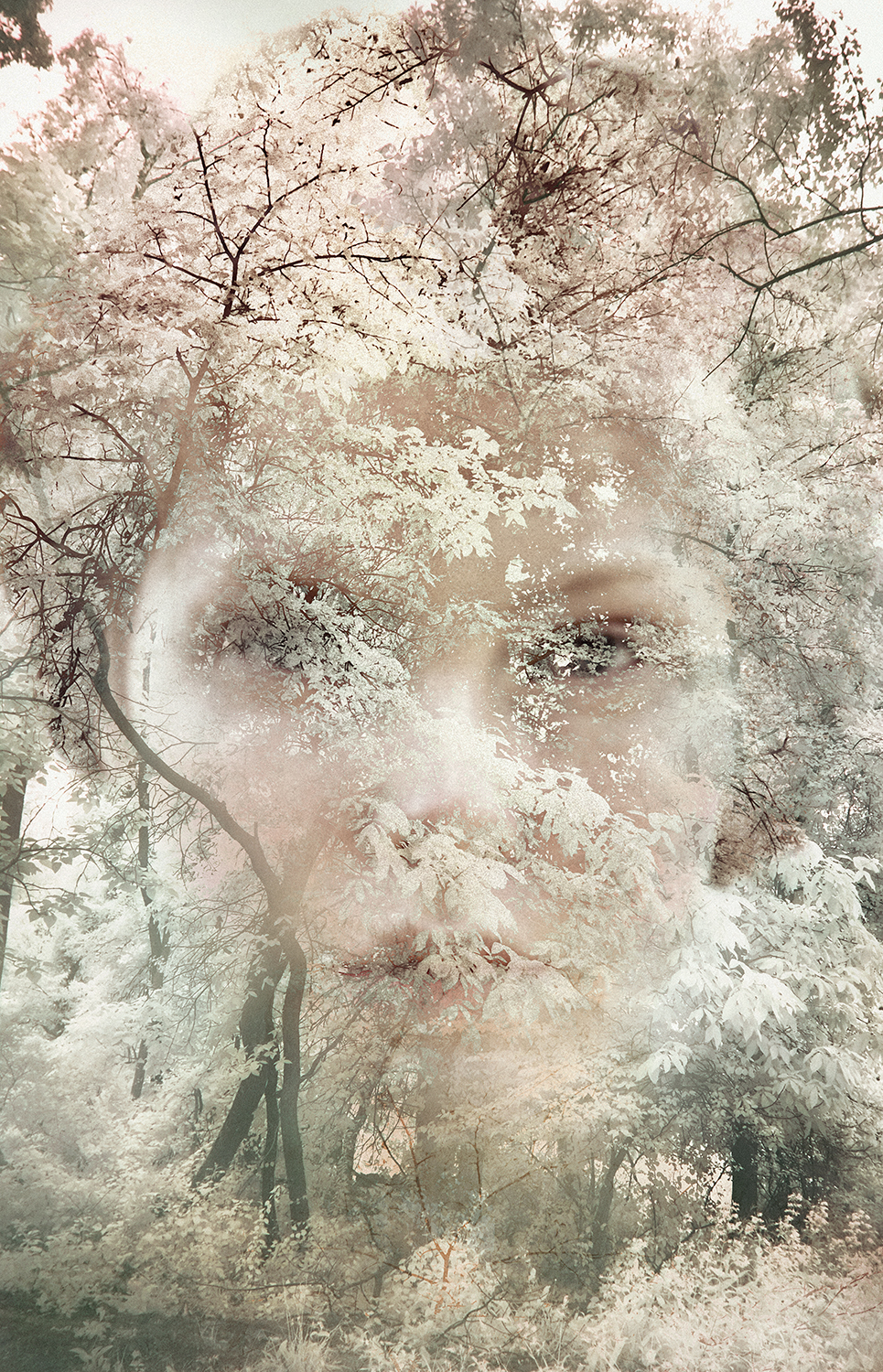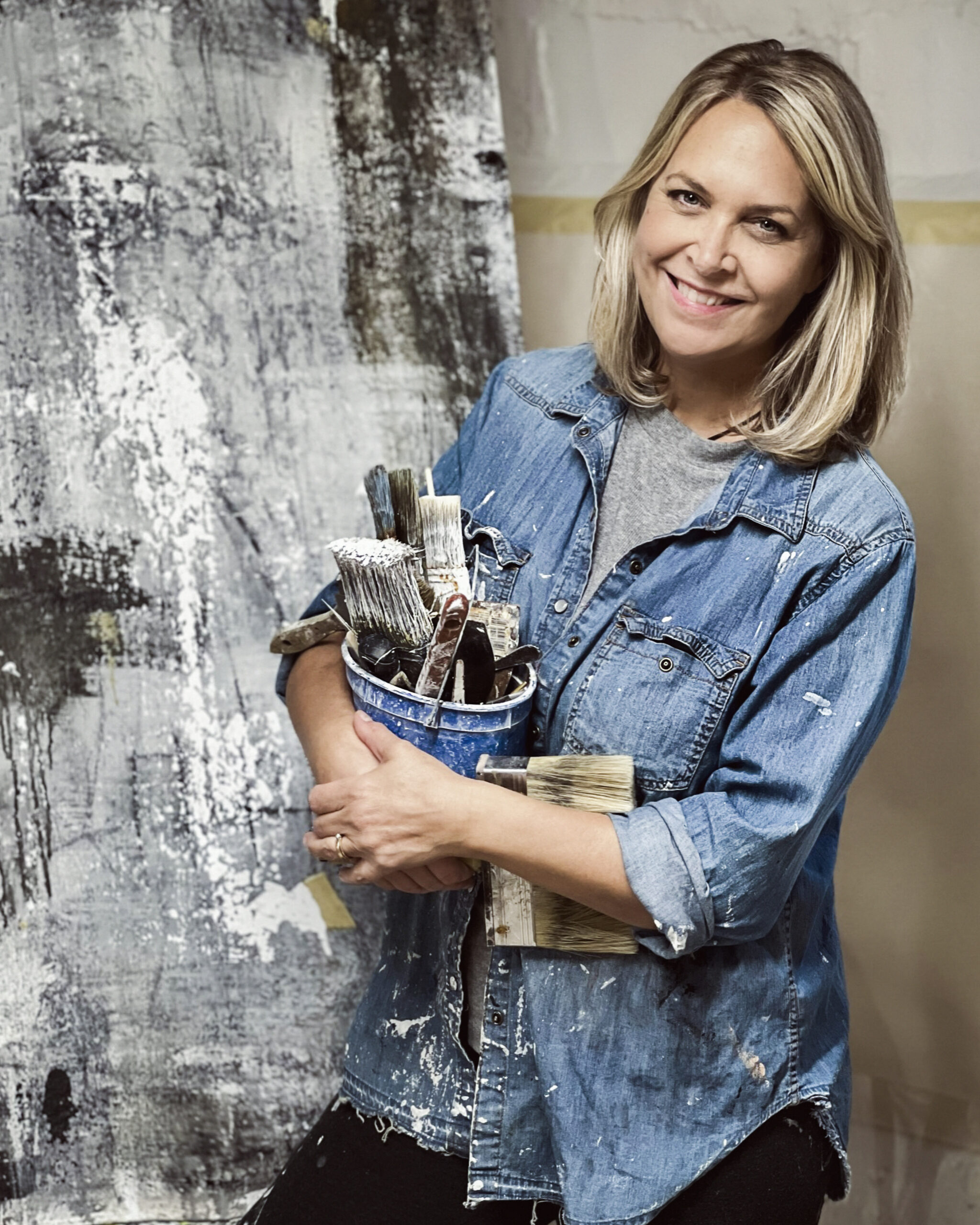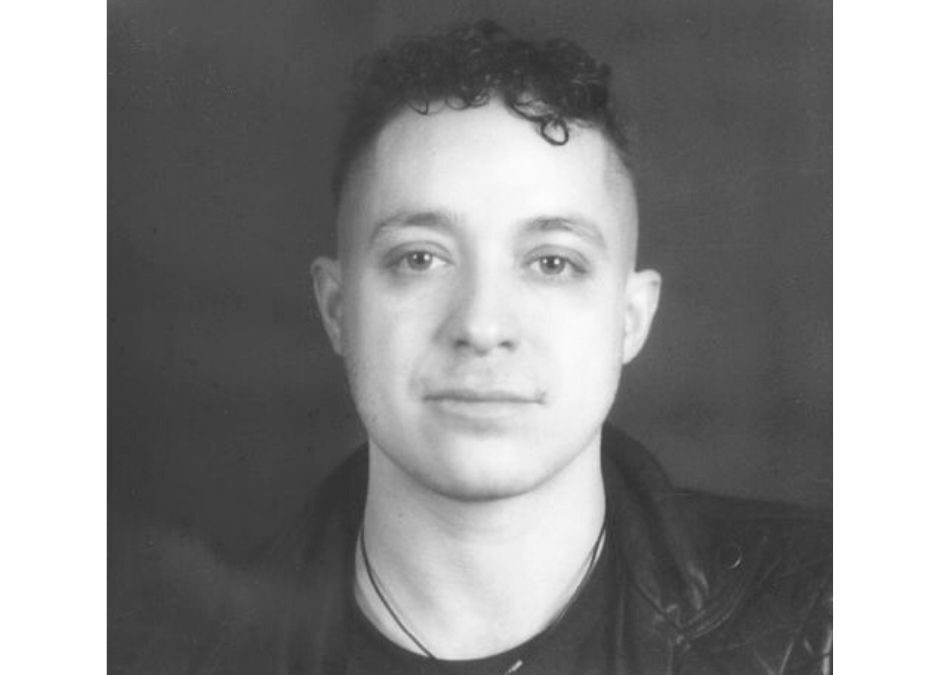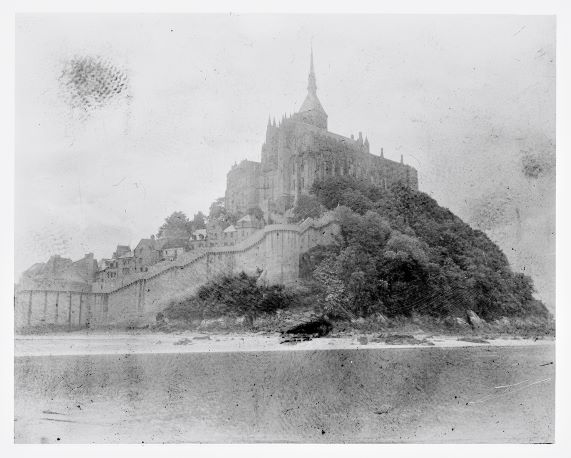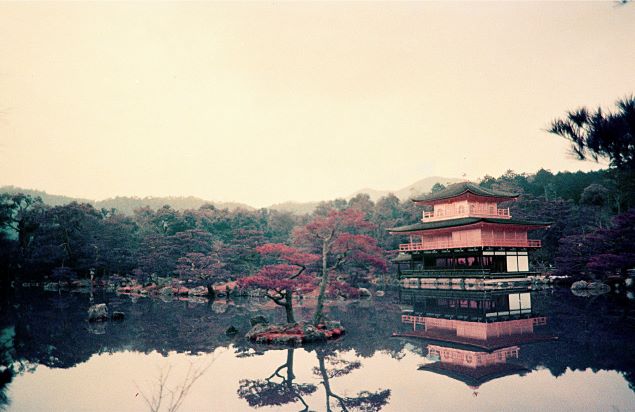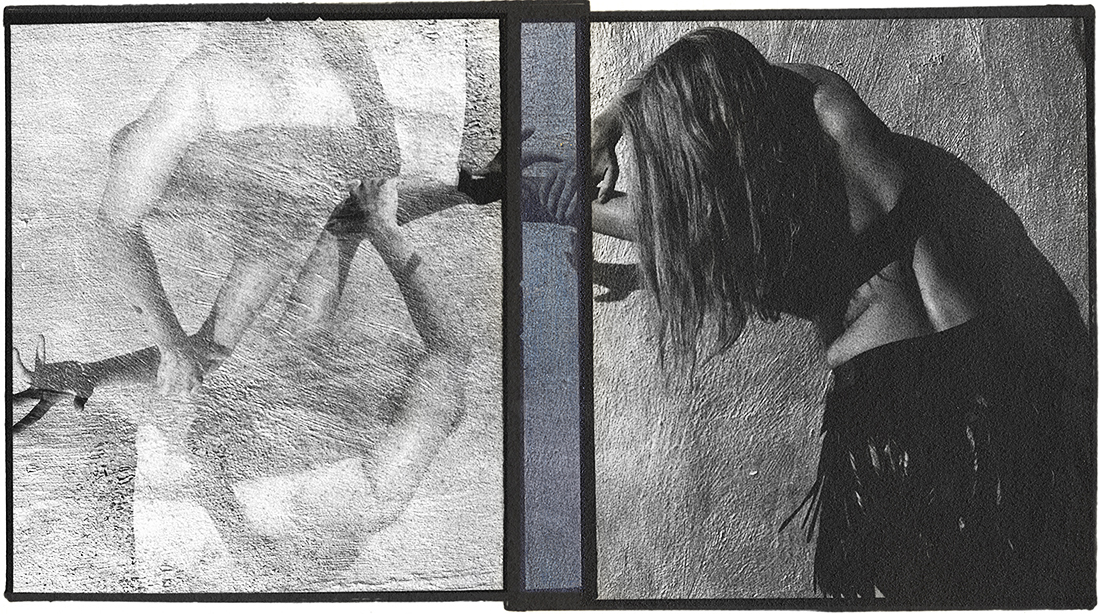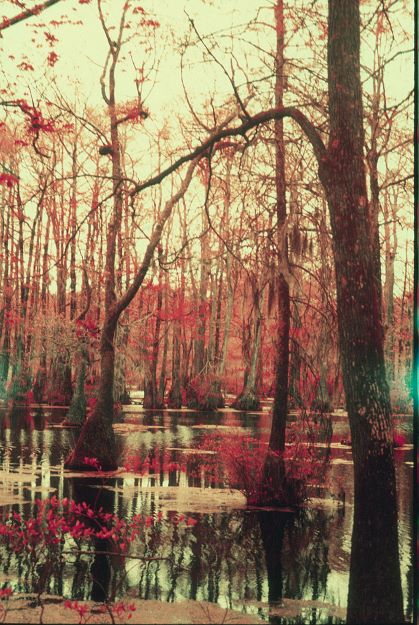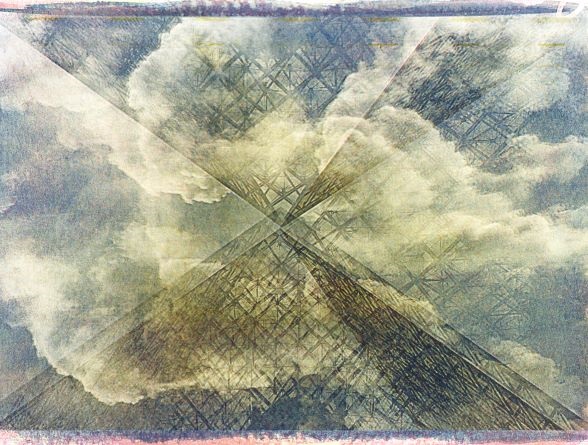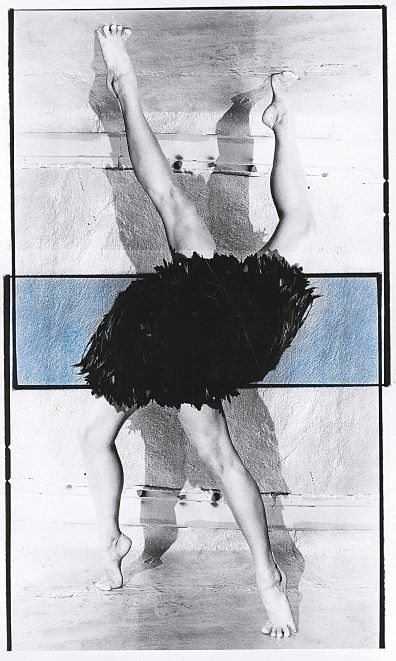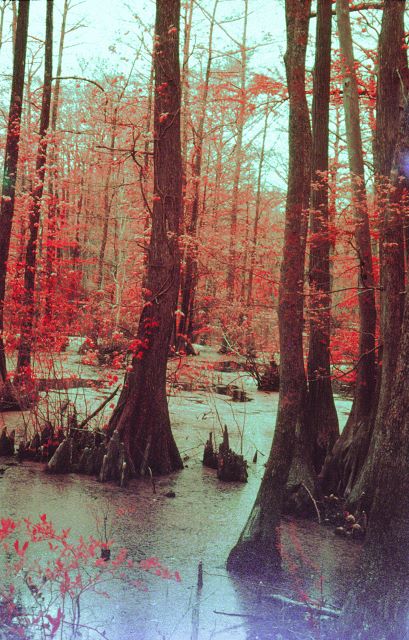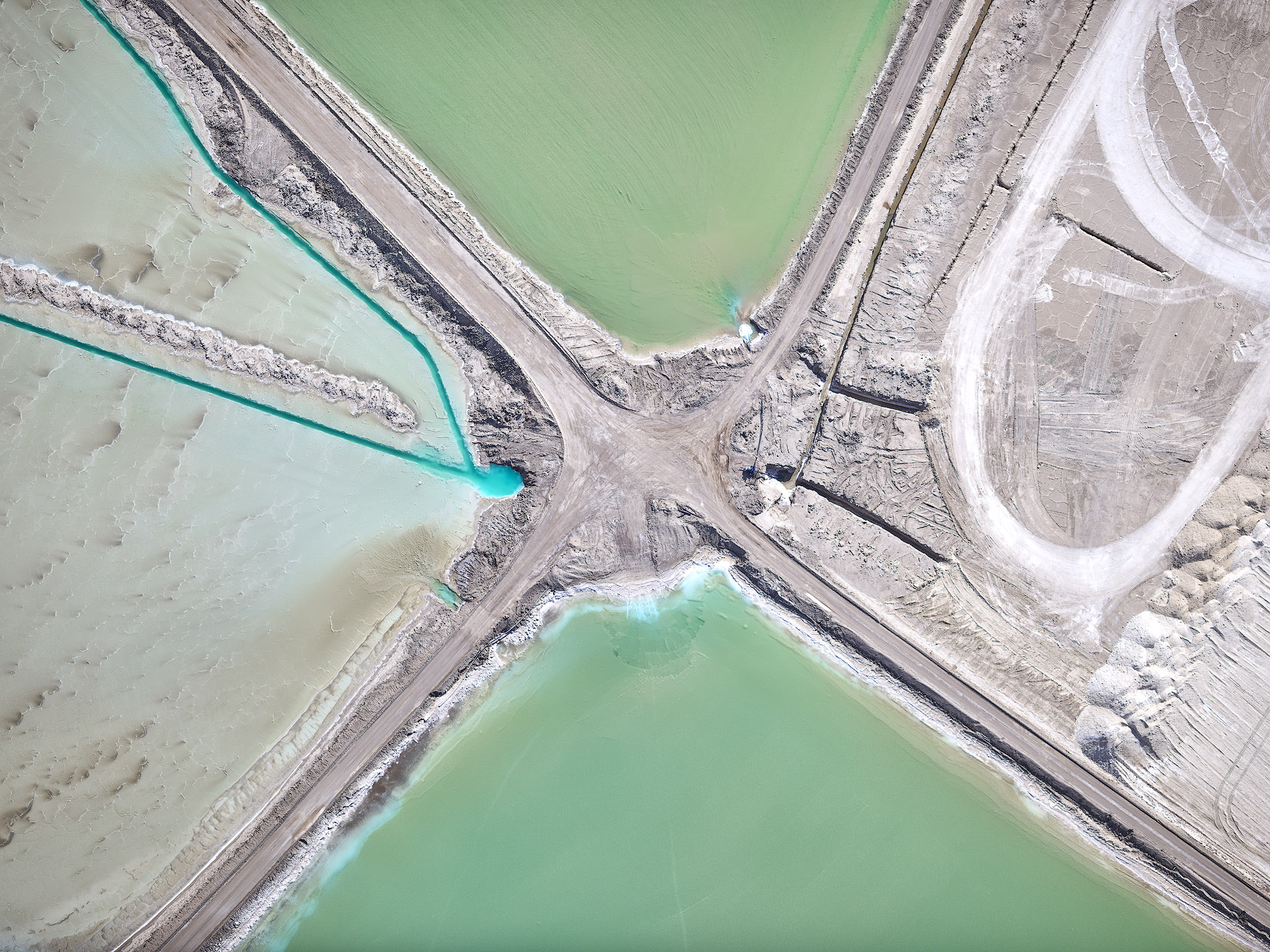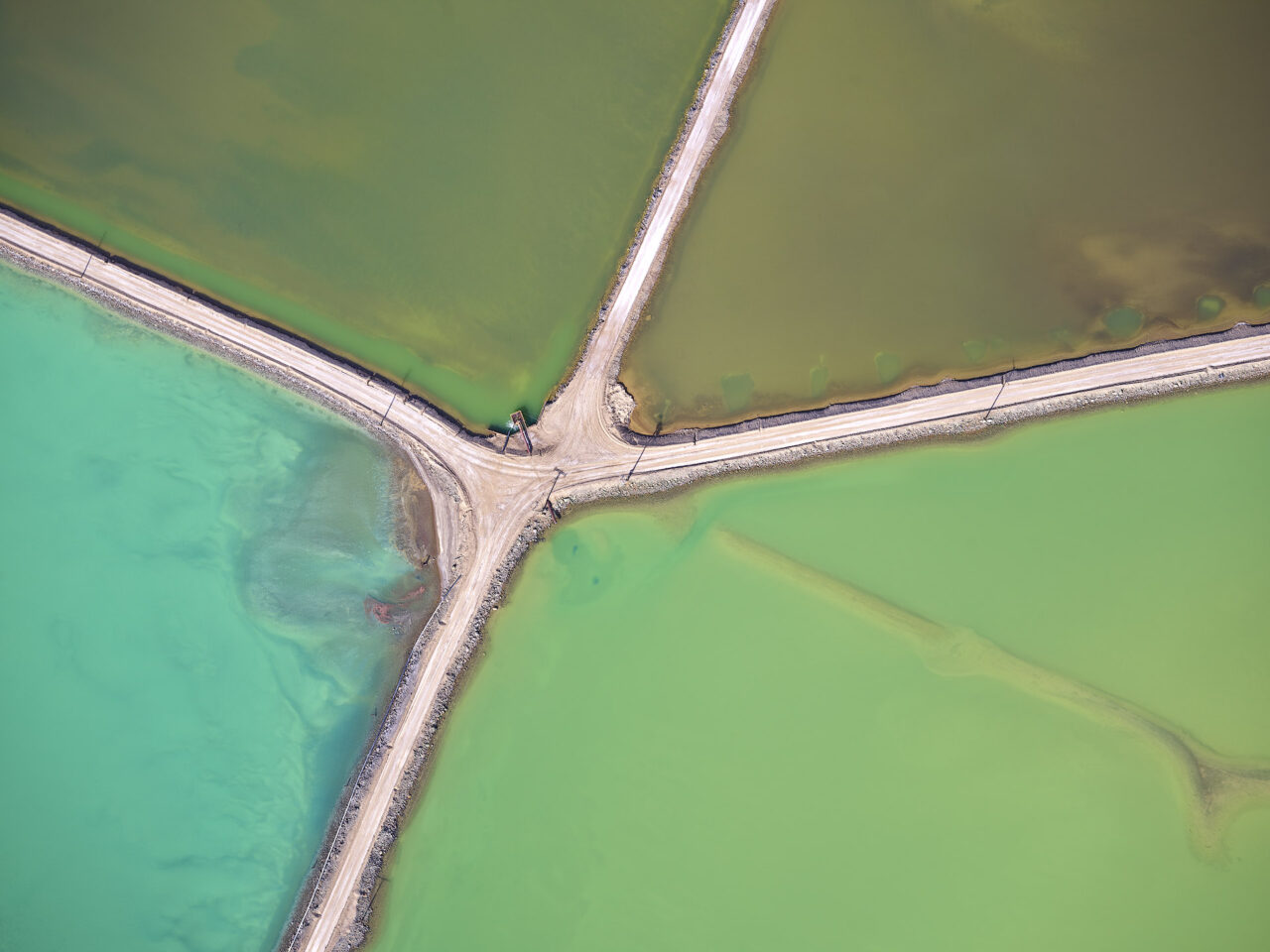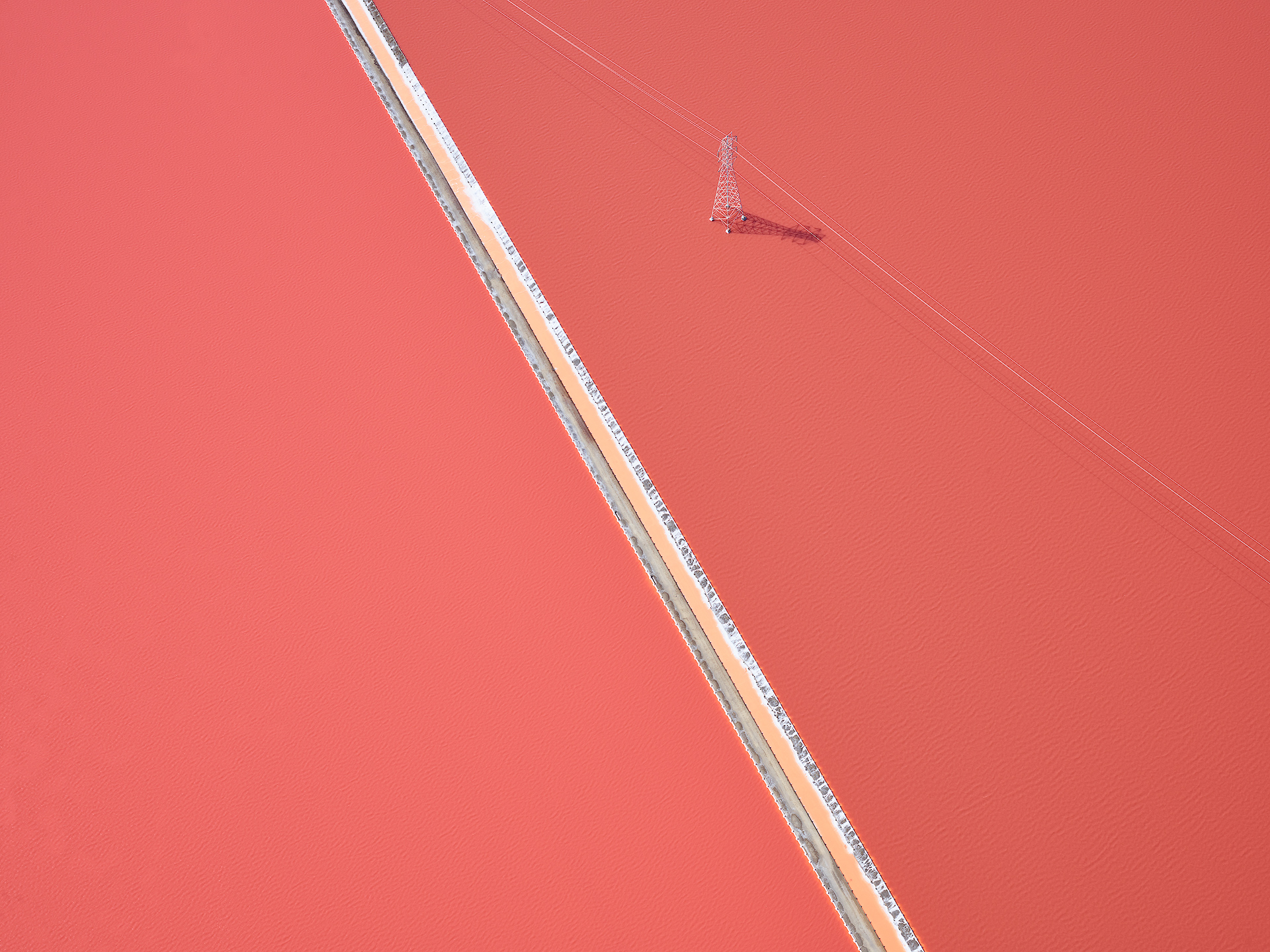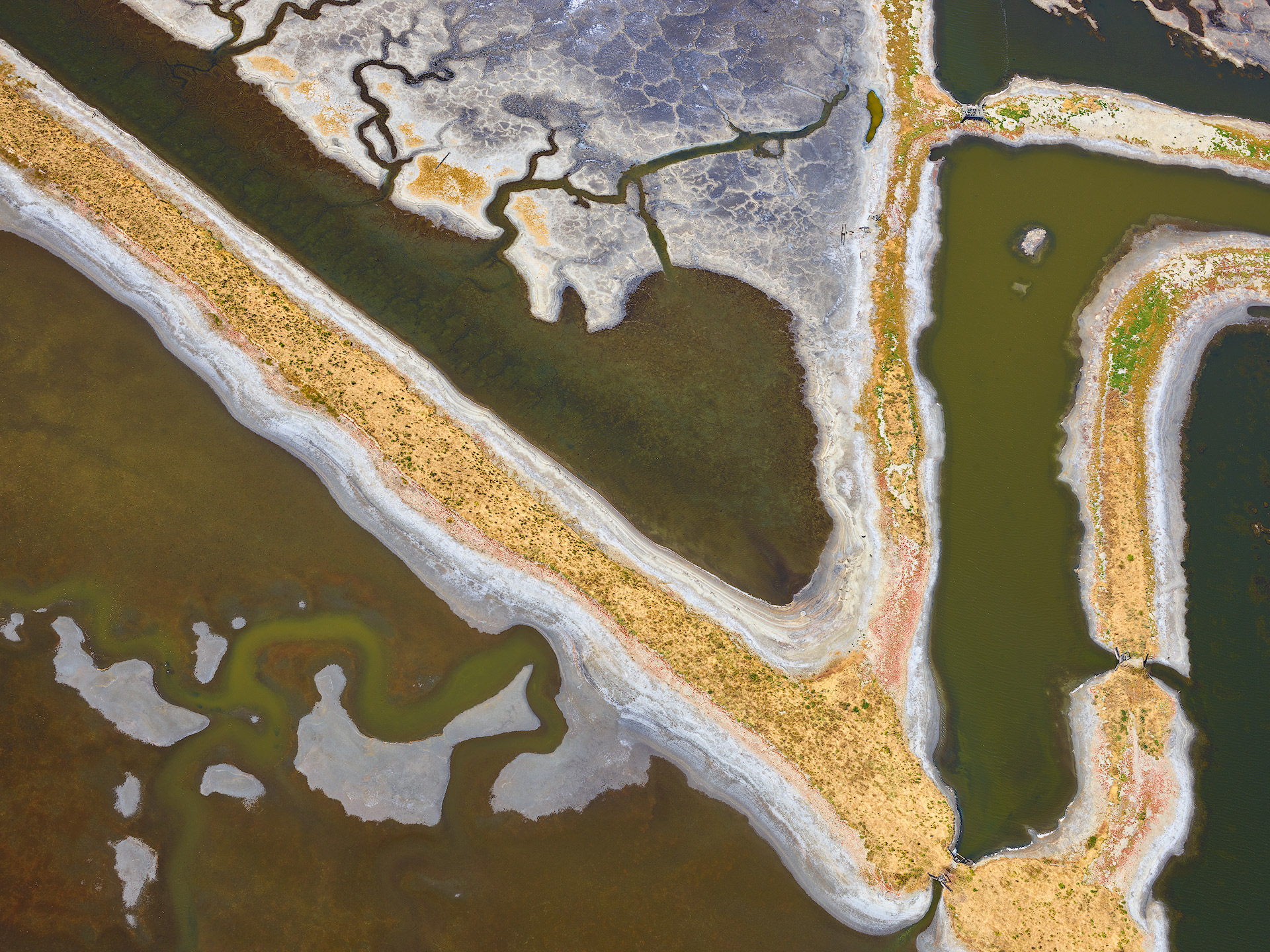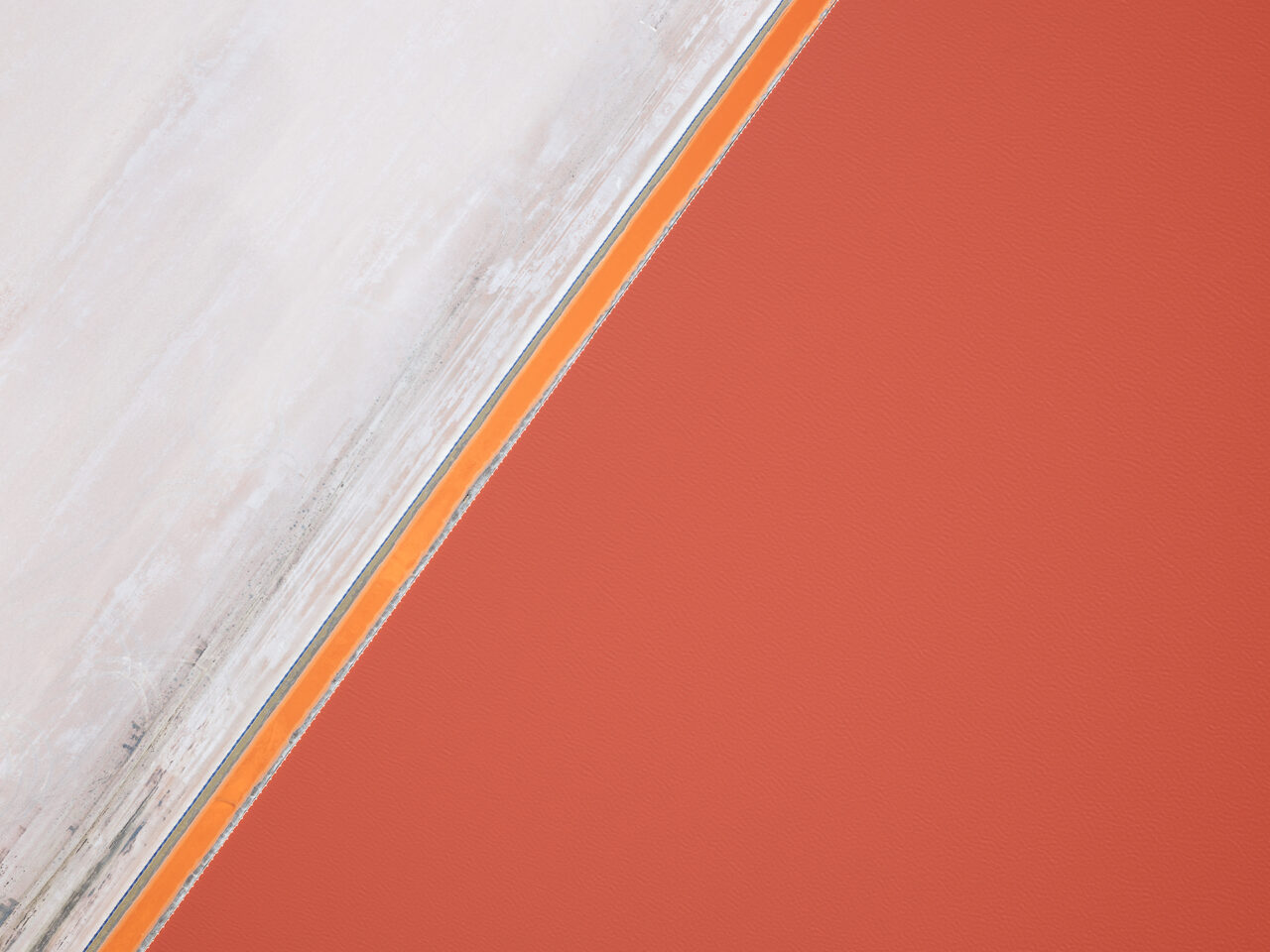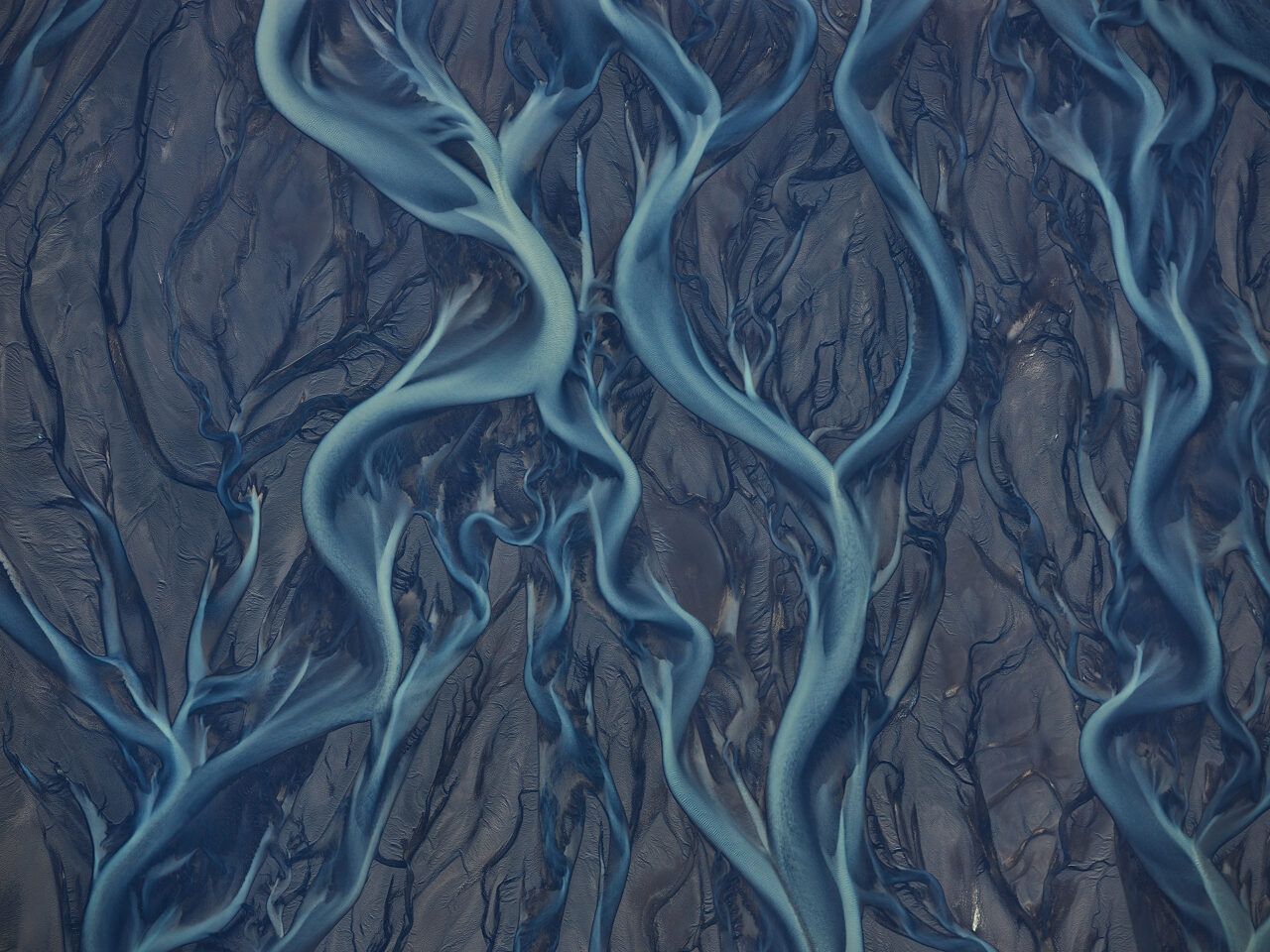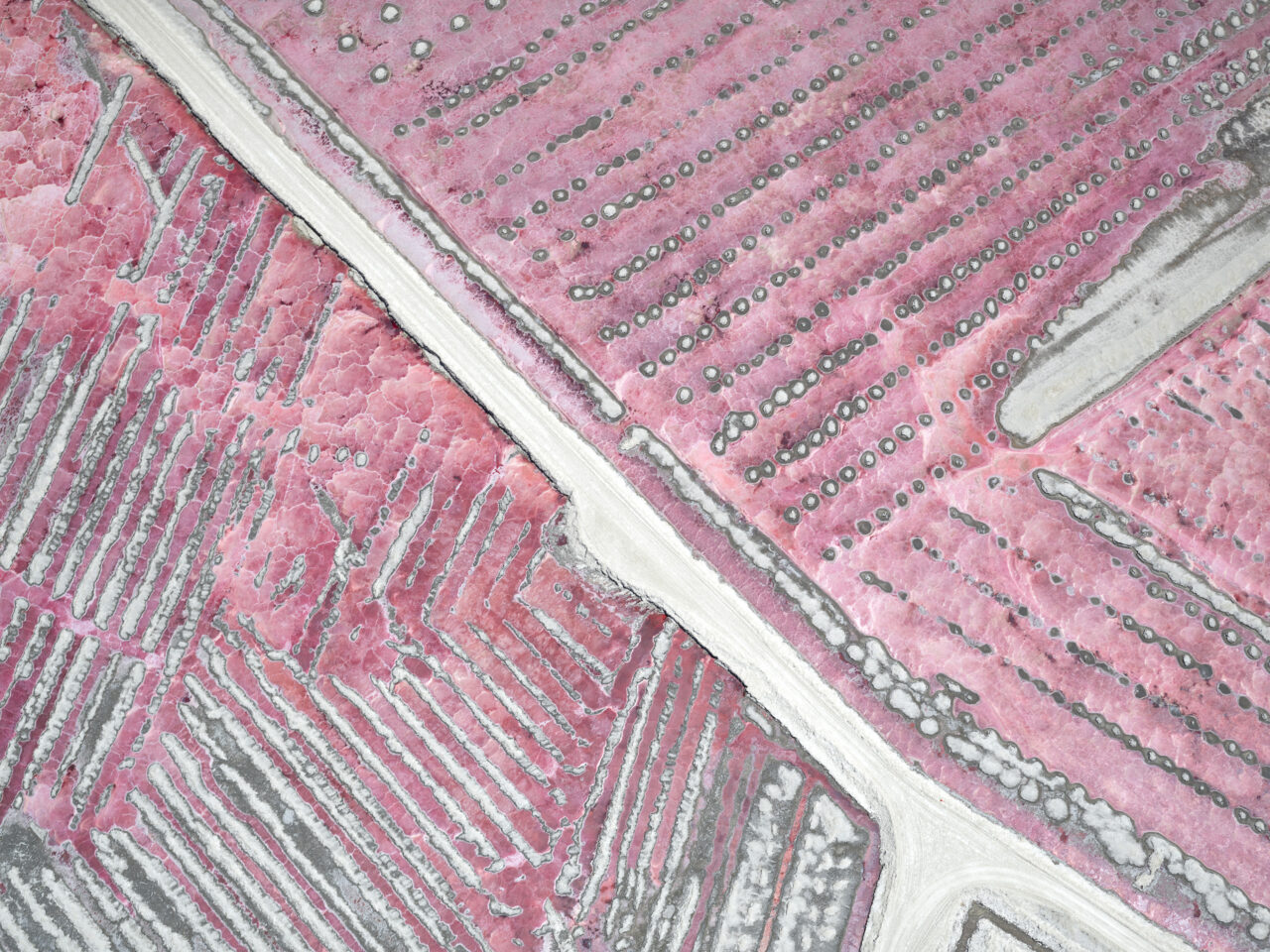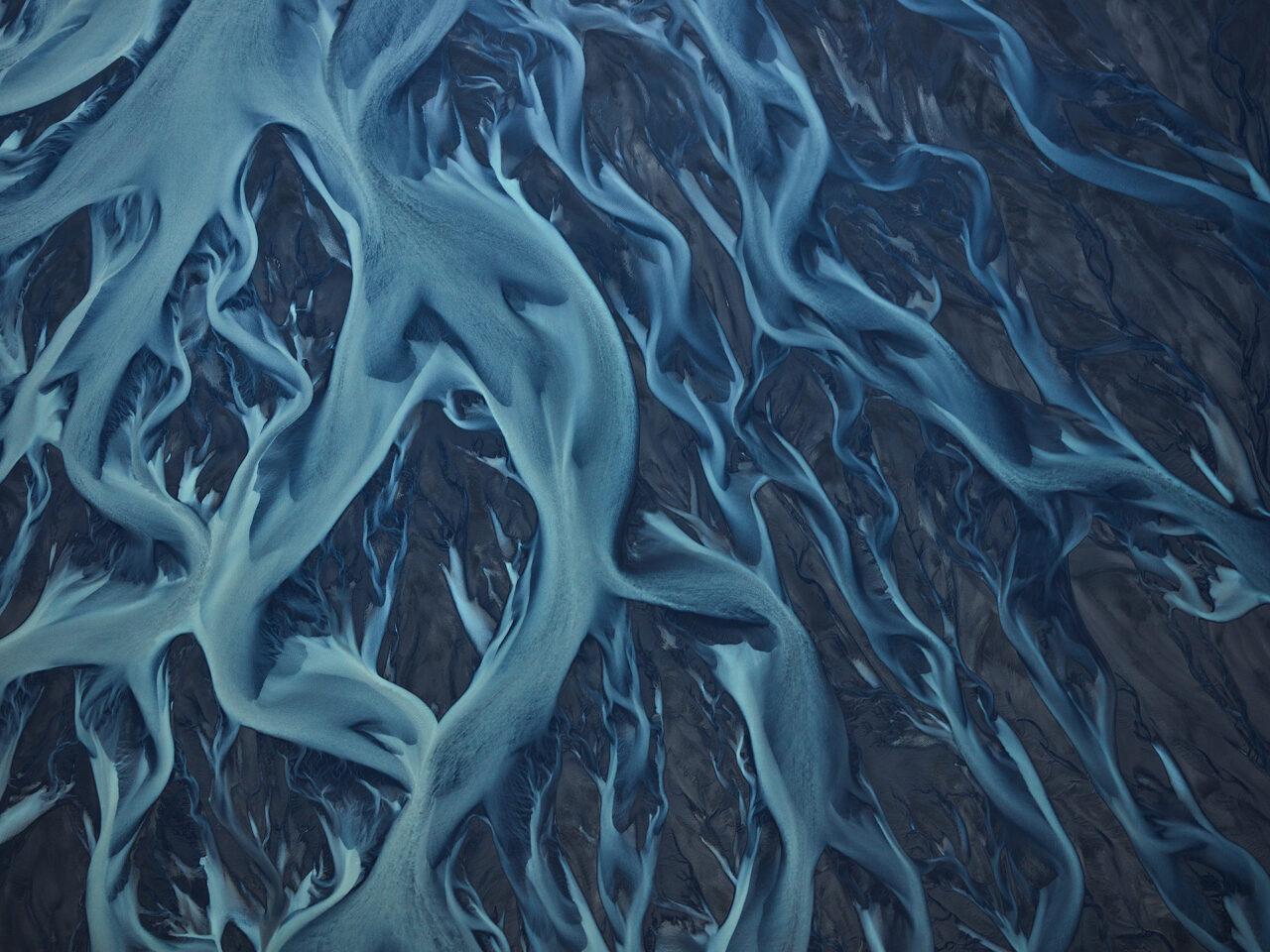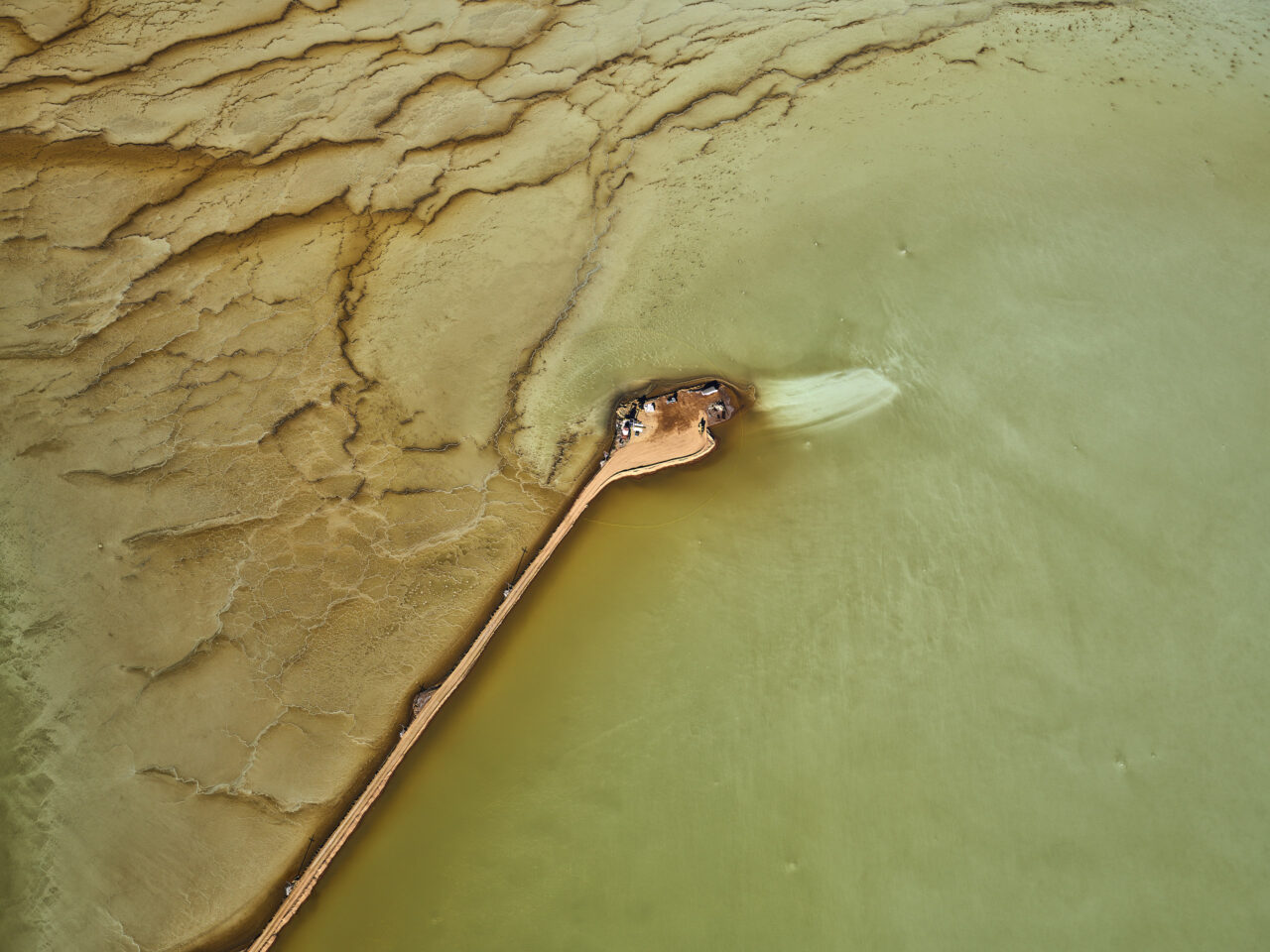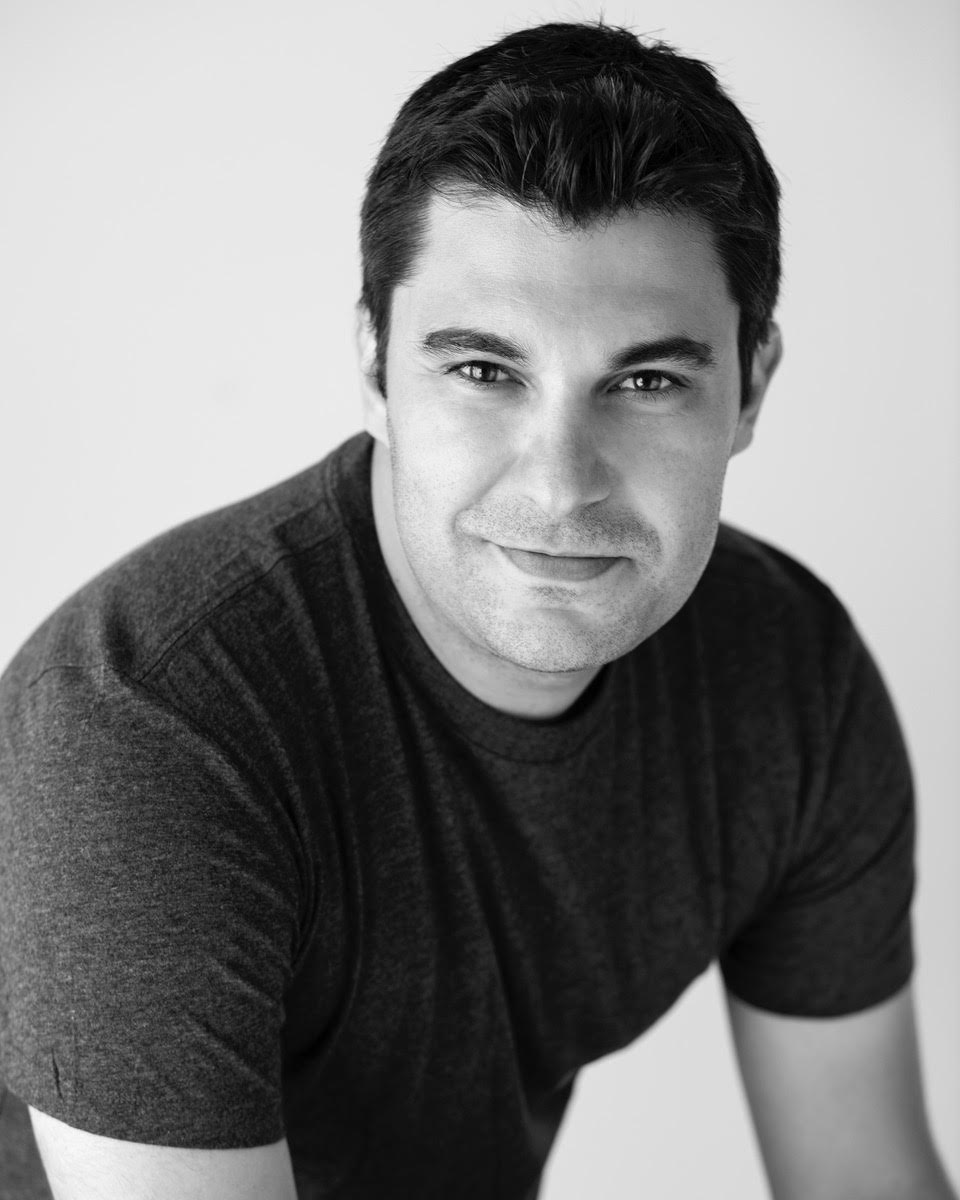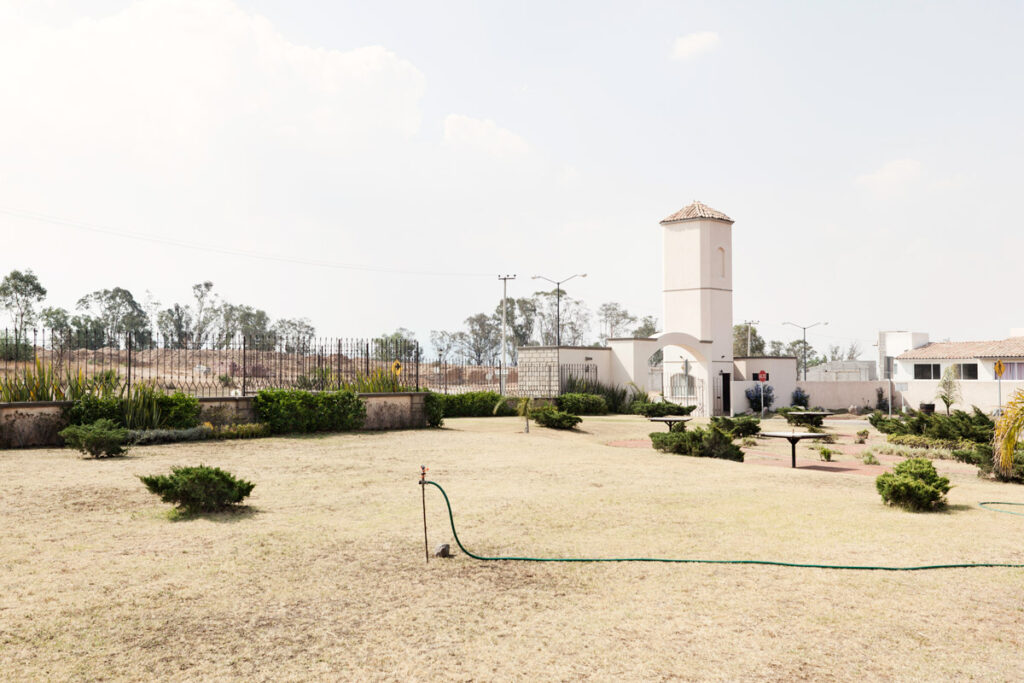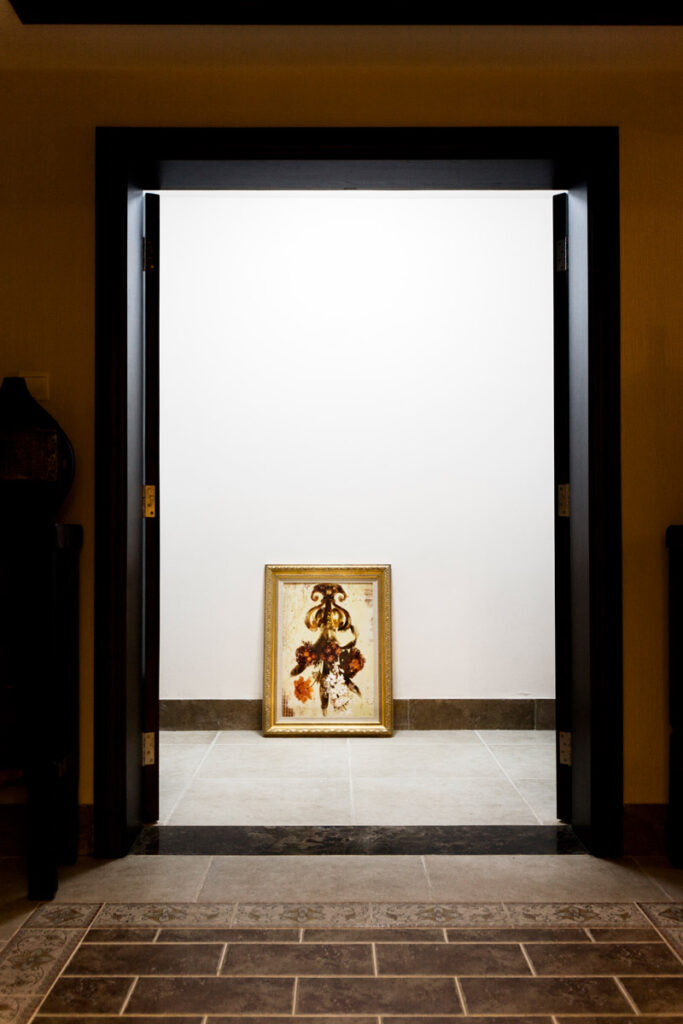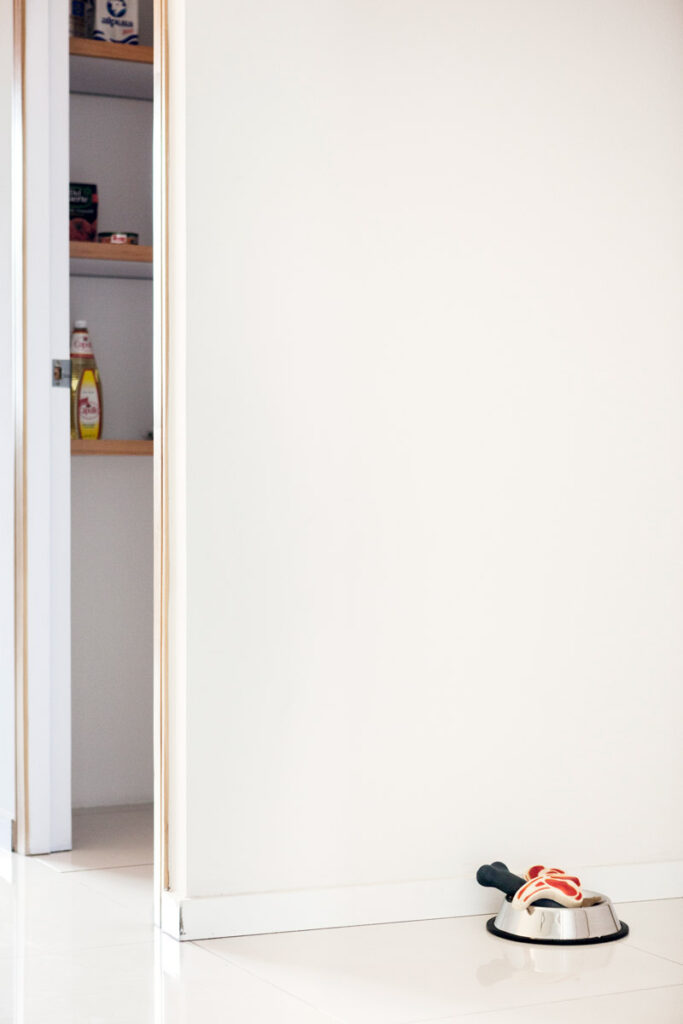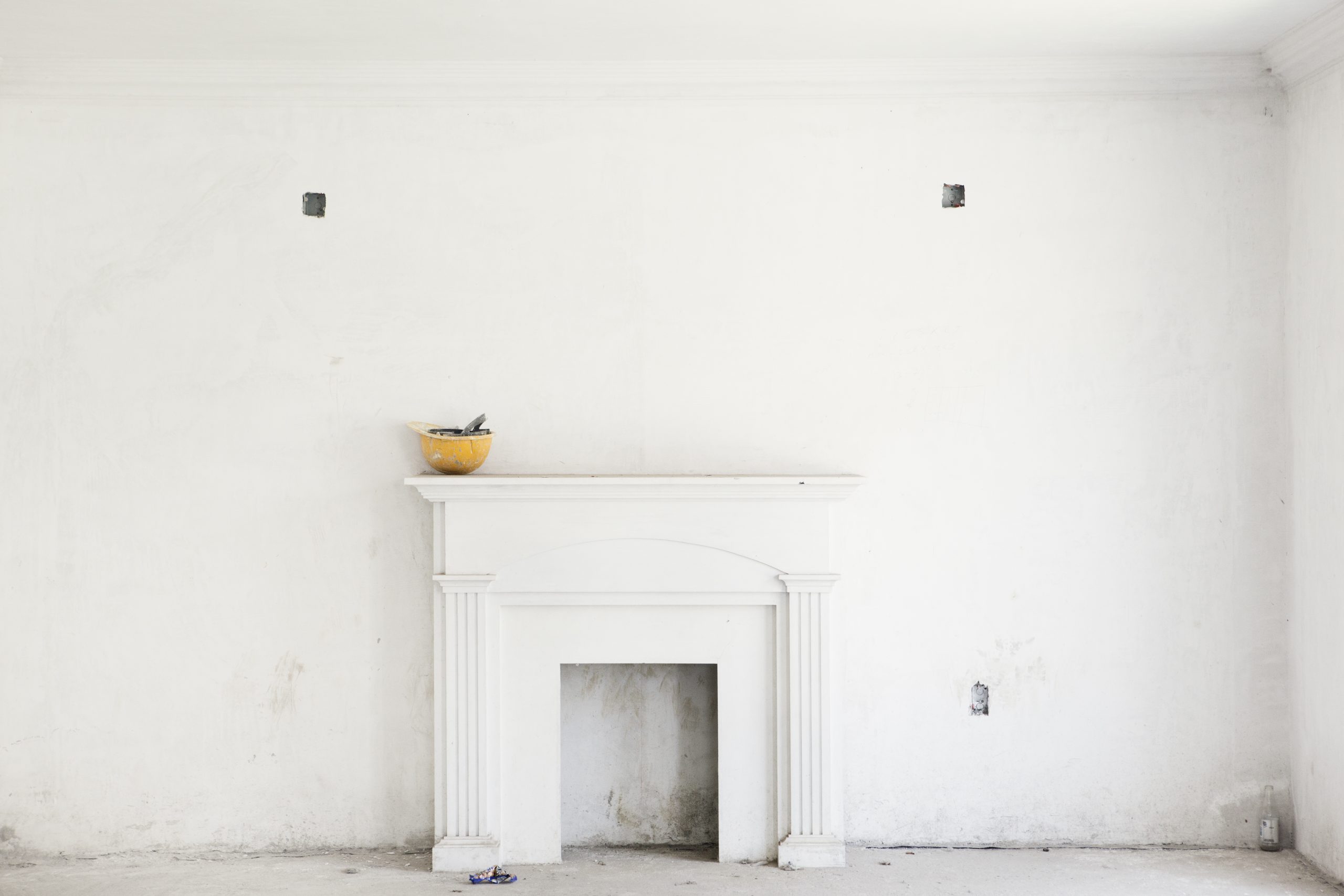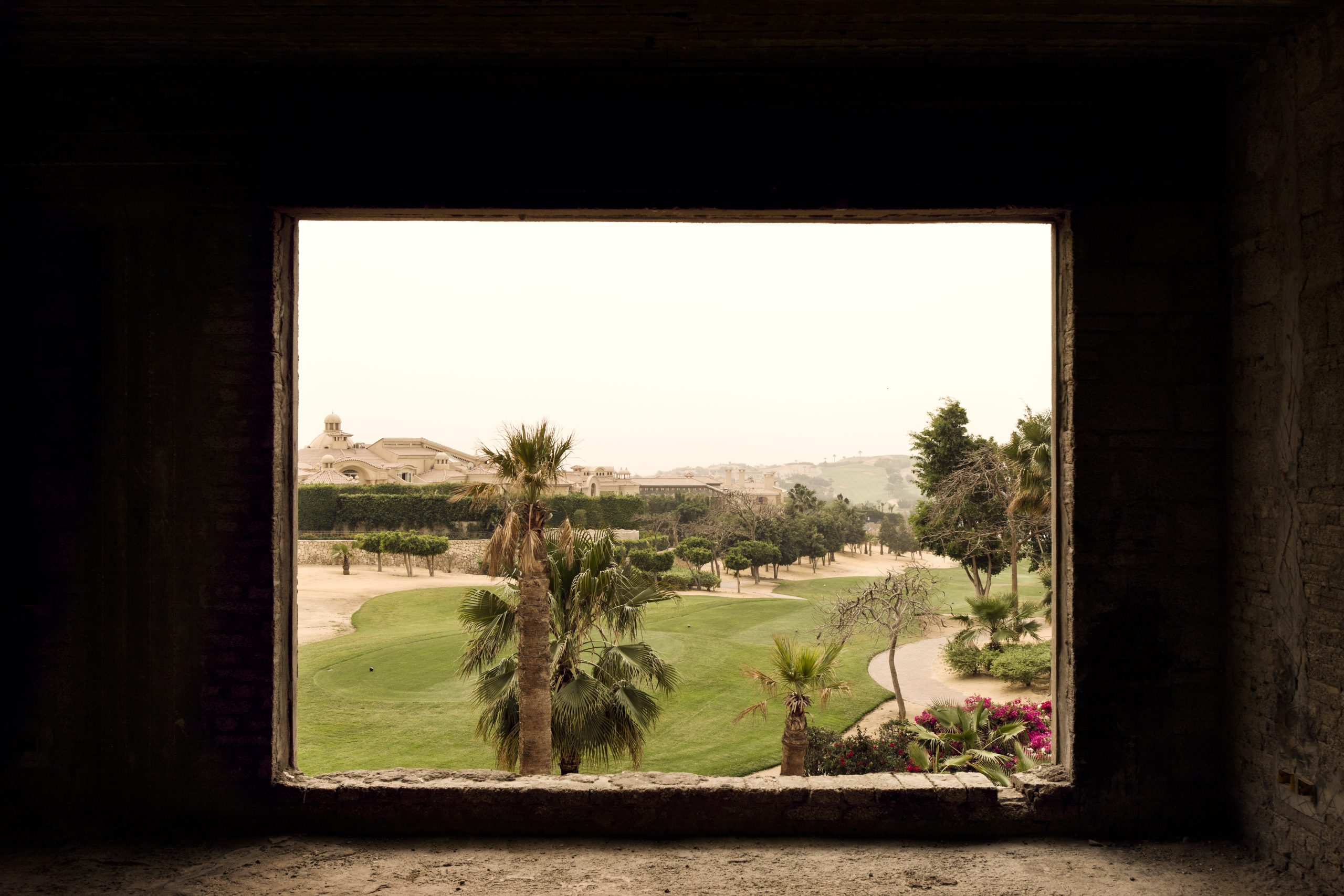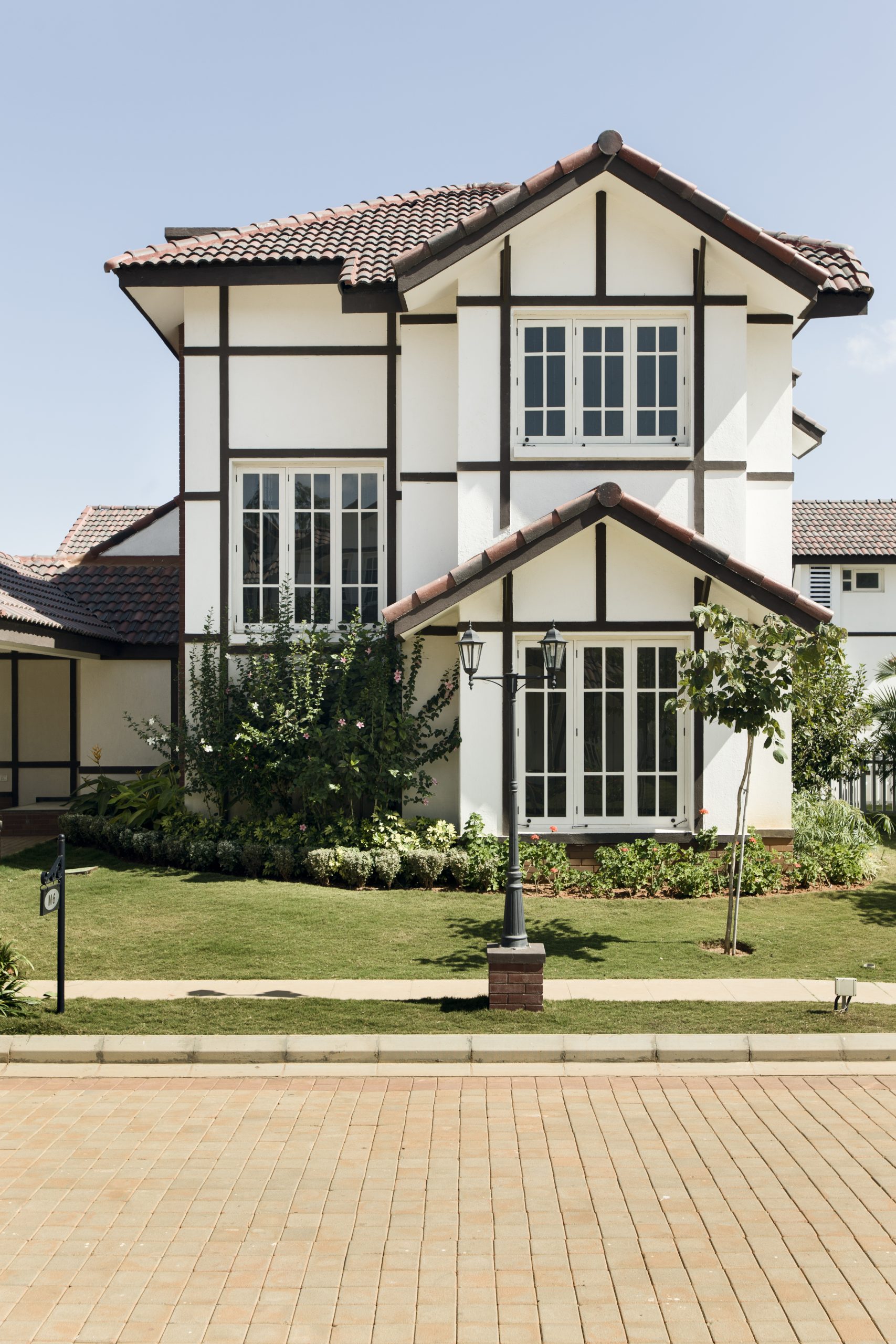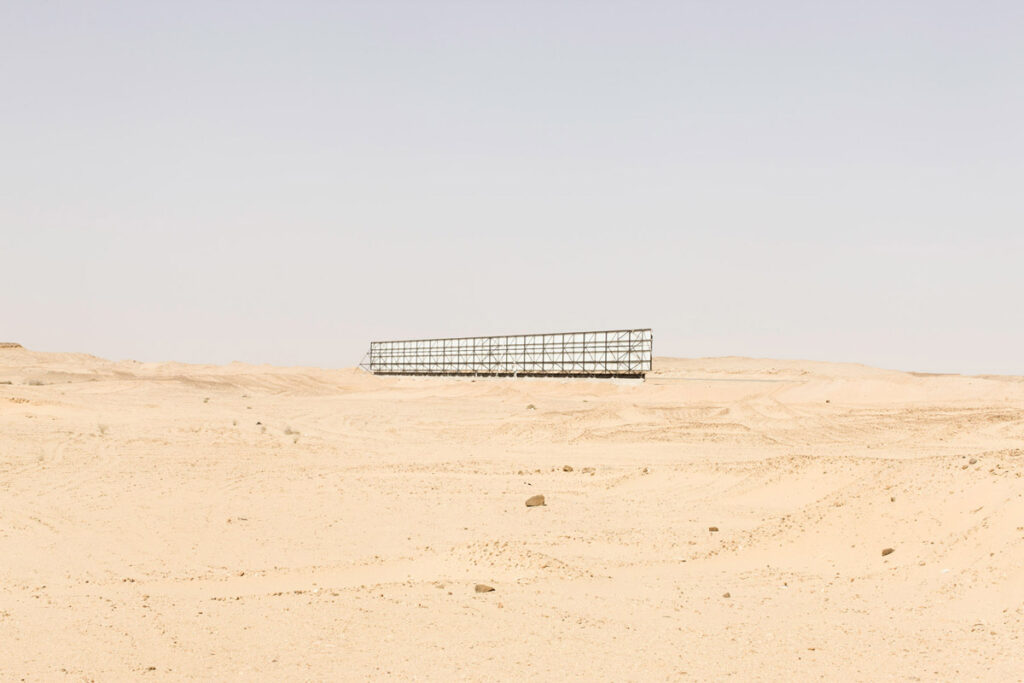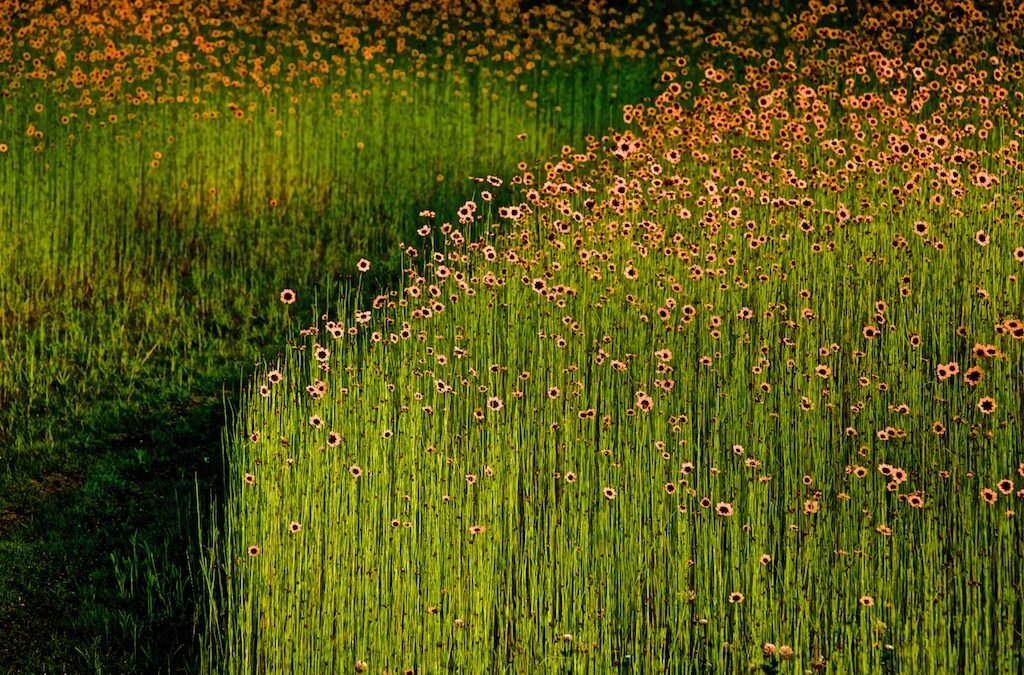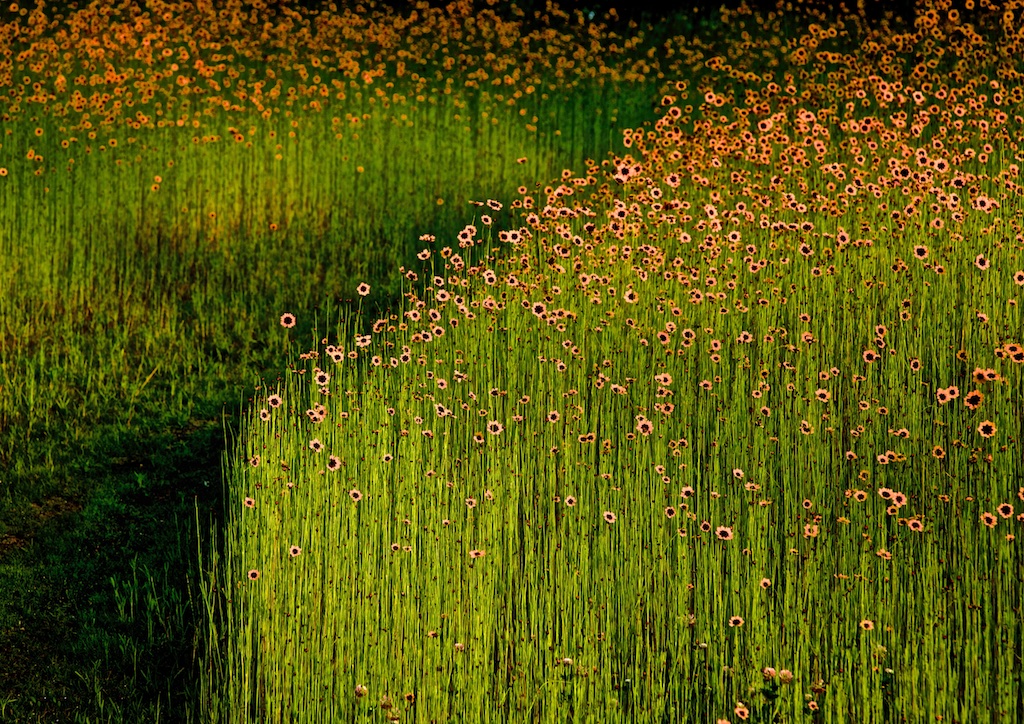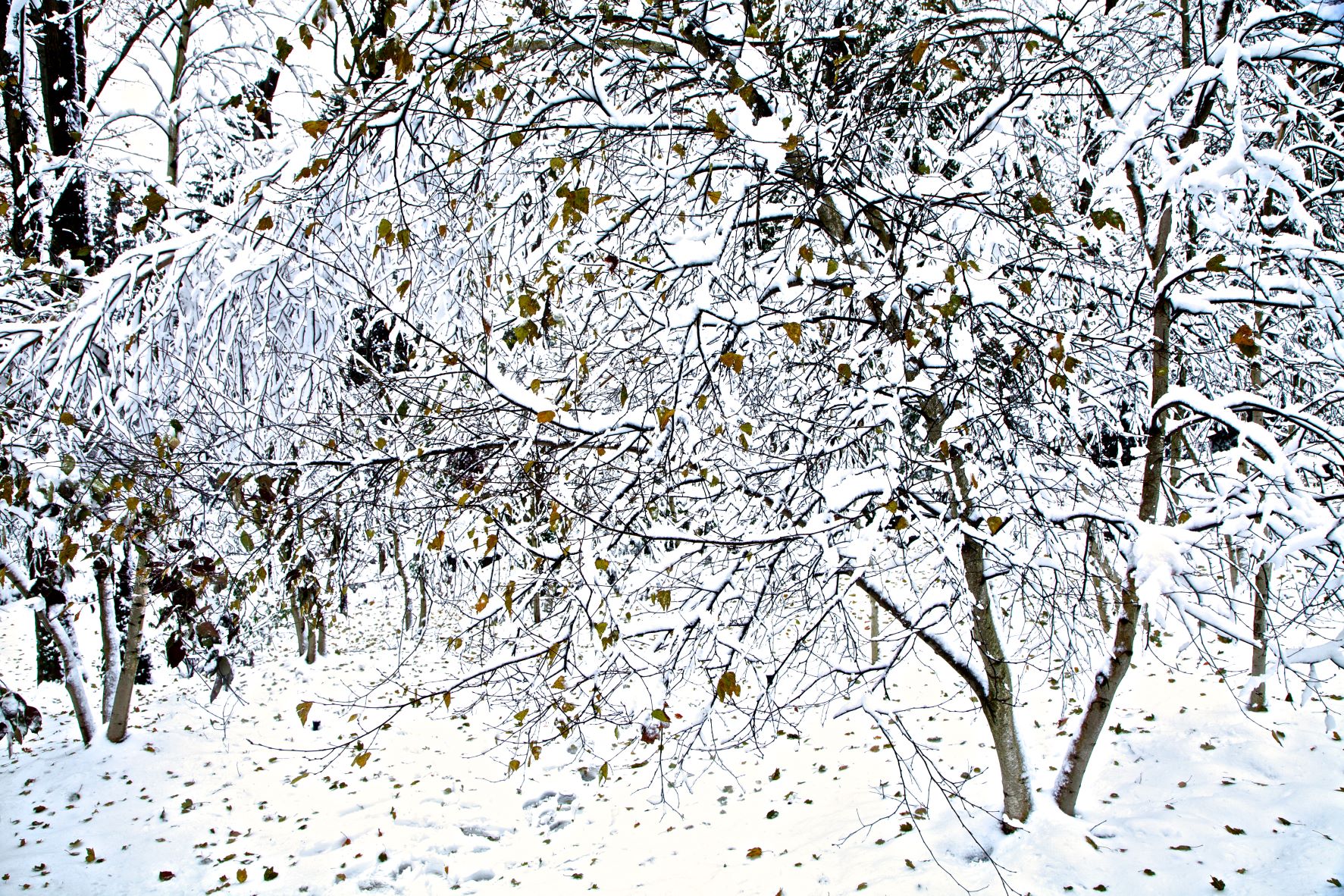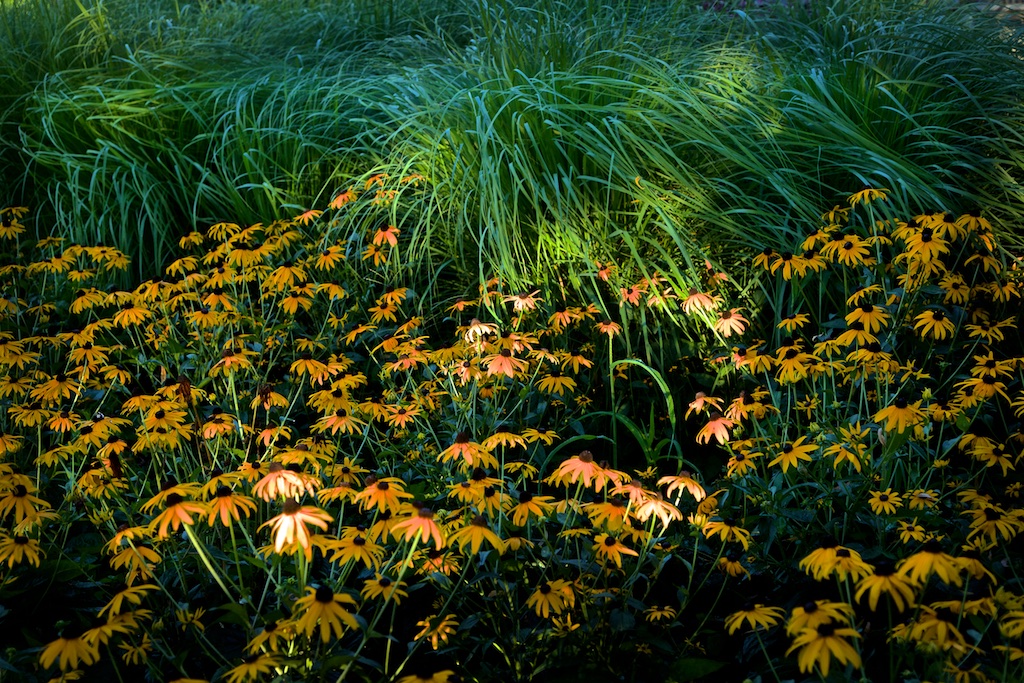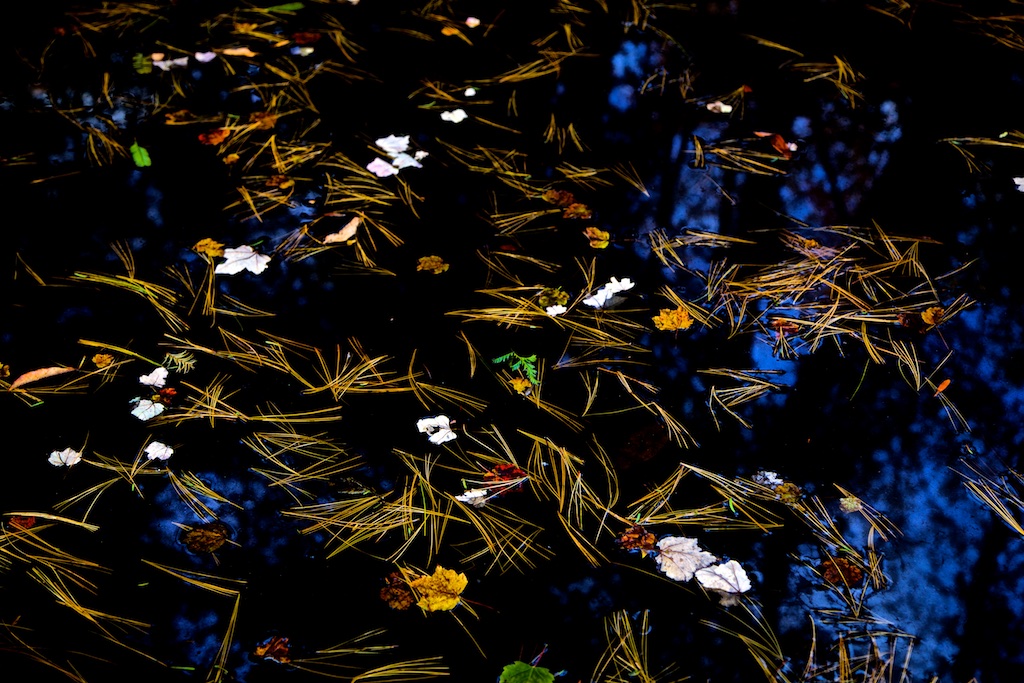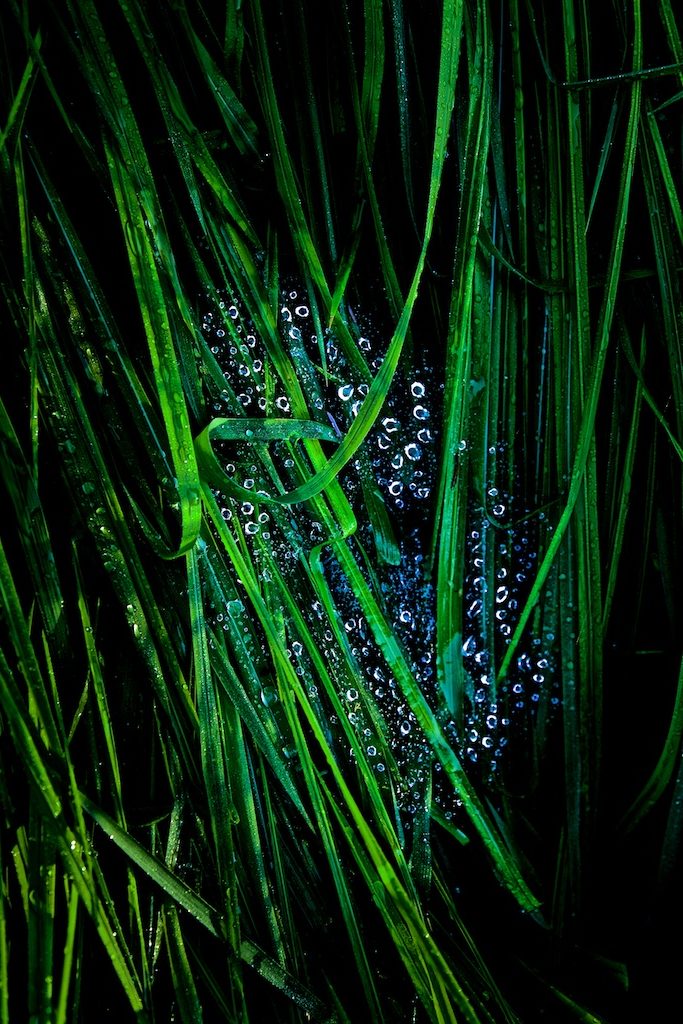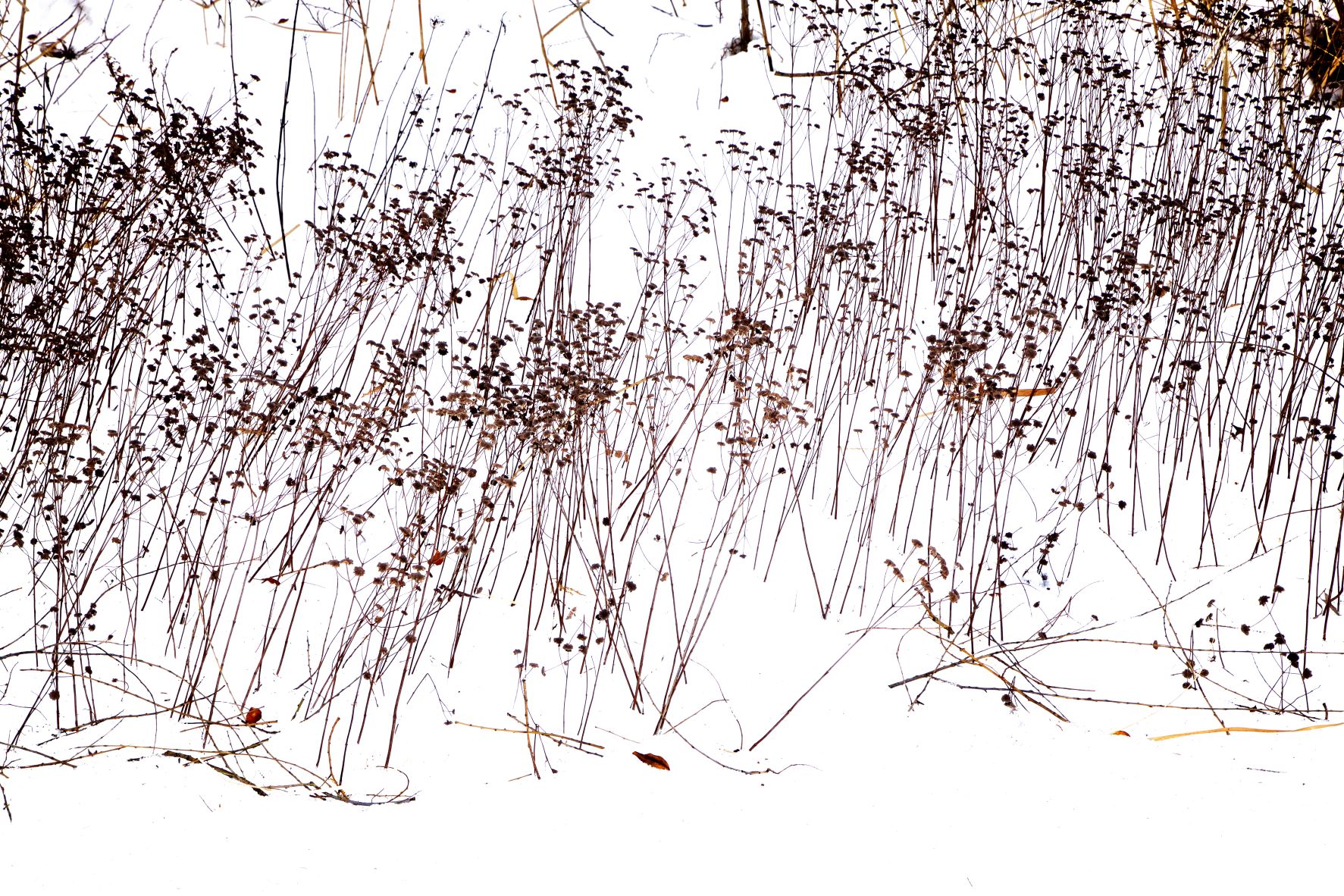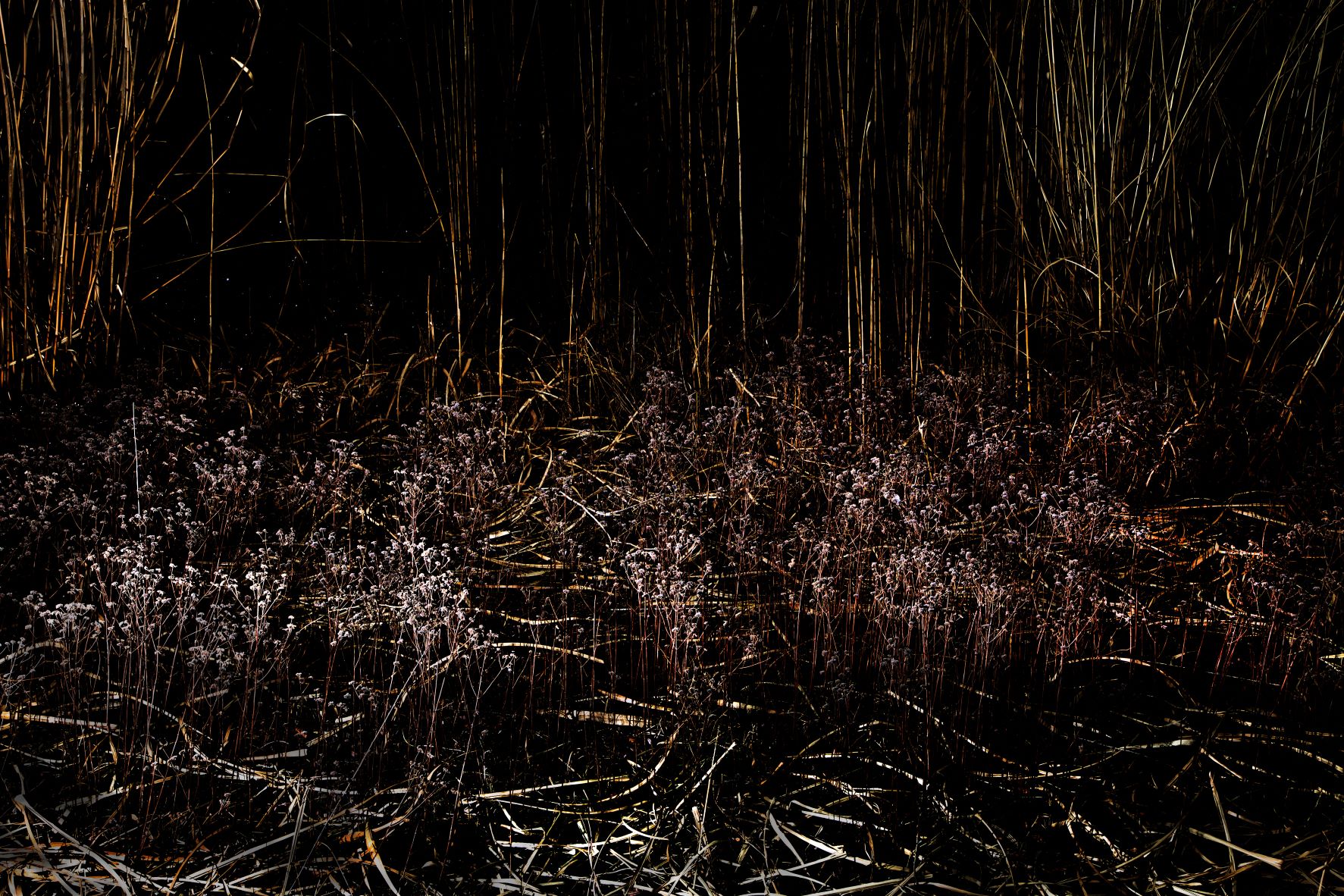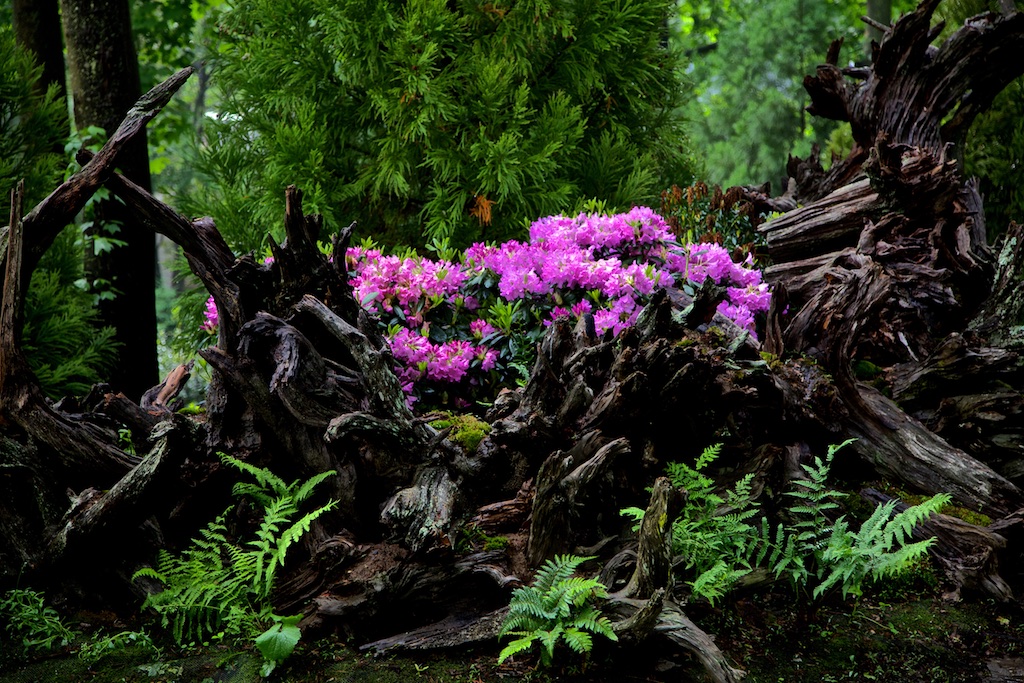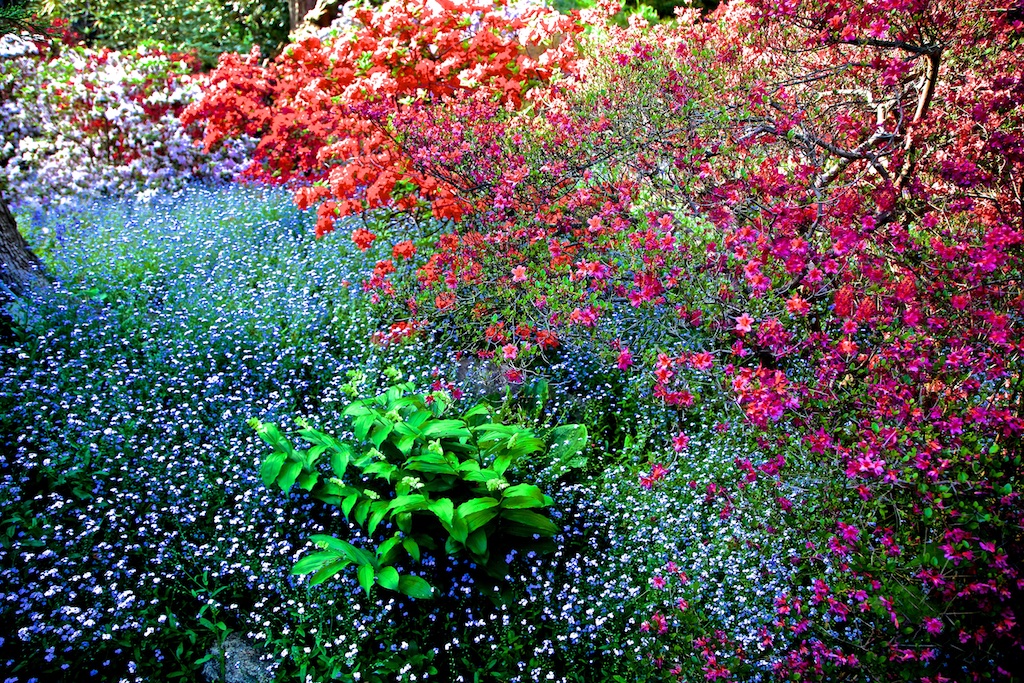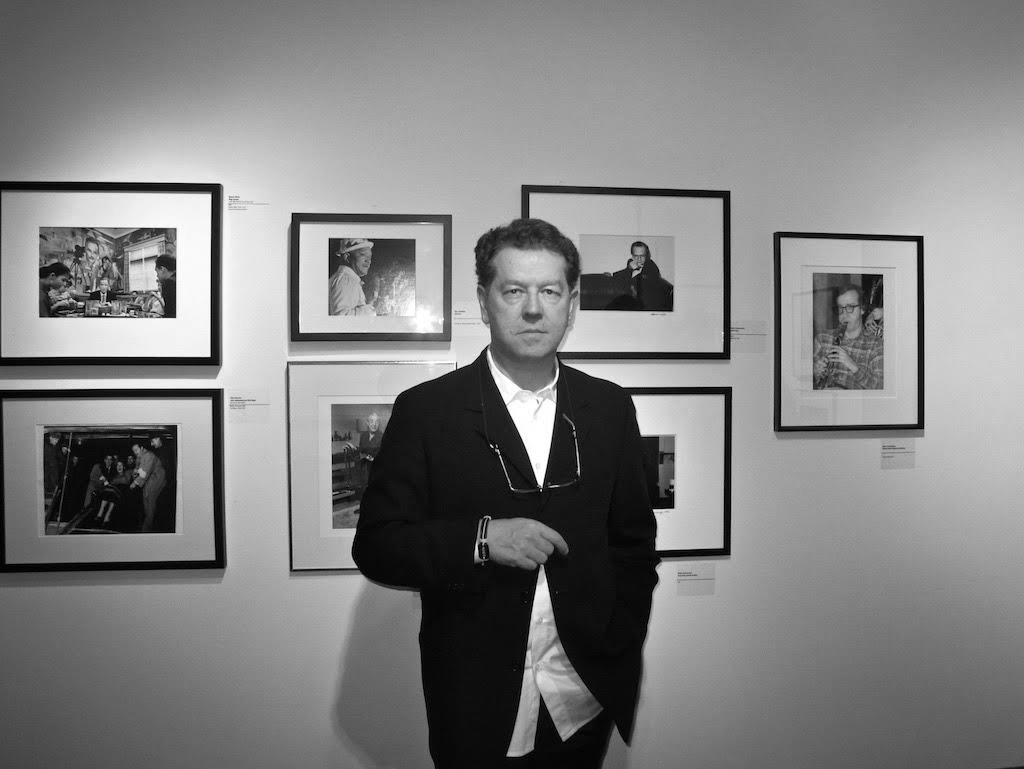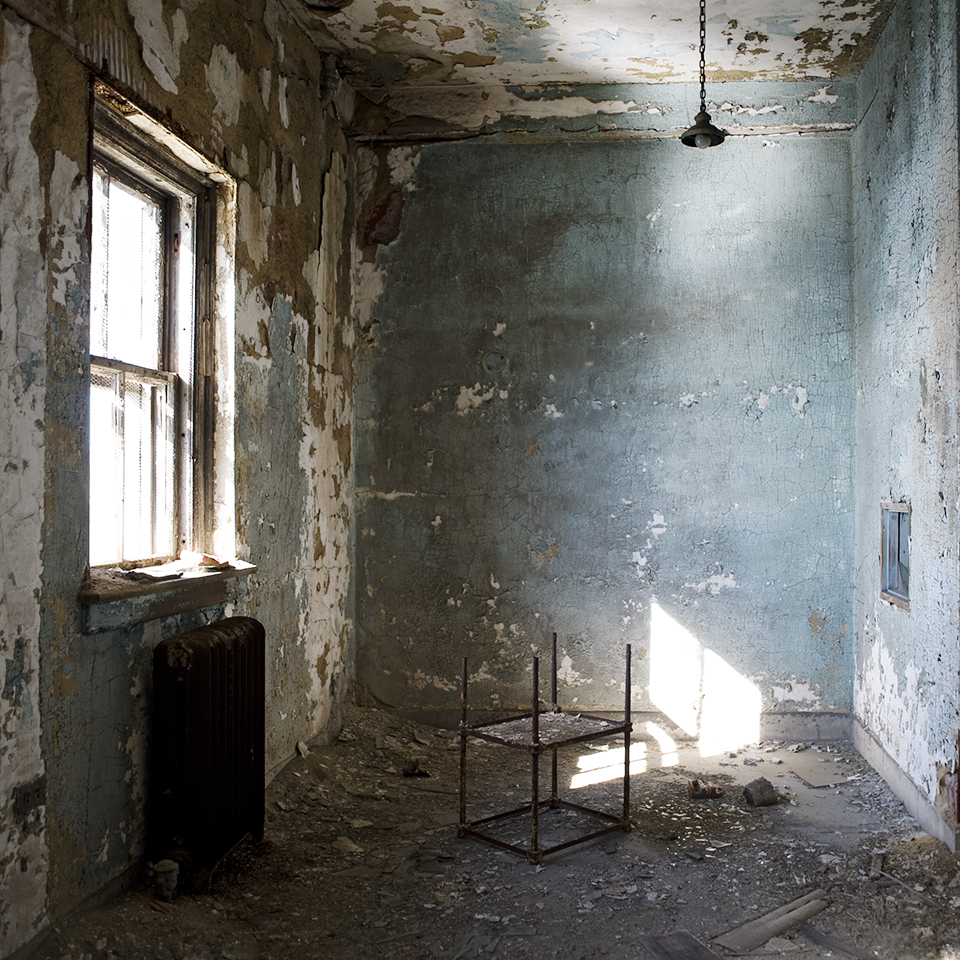
KIRITIN BEYER: No Land
KIRITIN BEYER
“No Land”
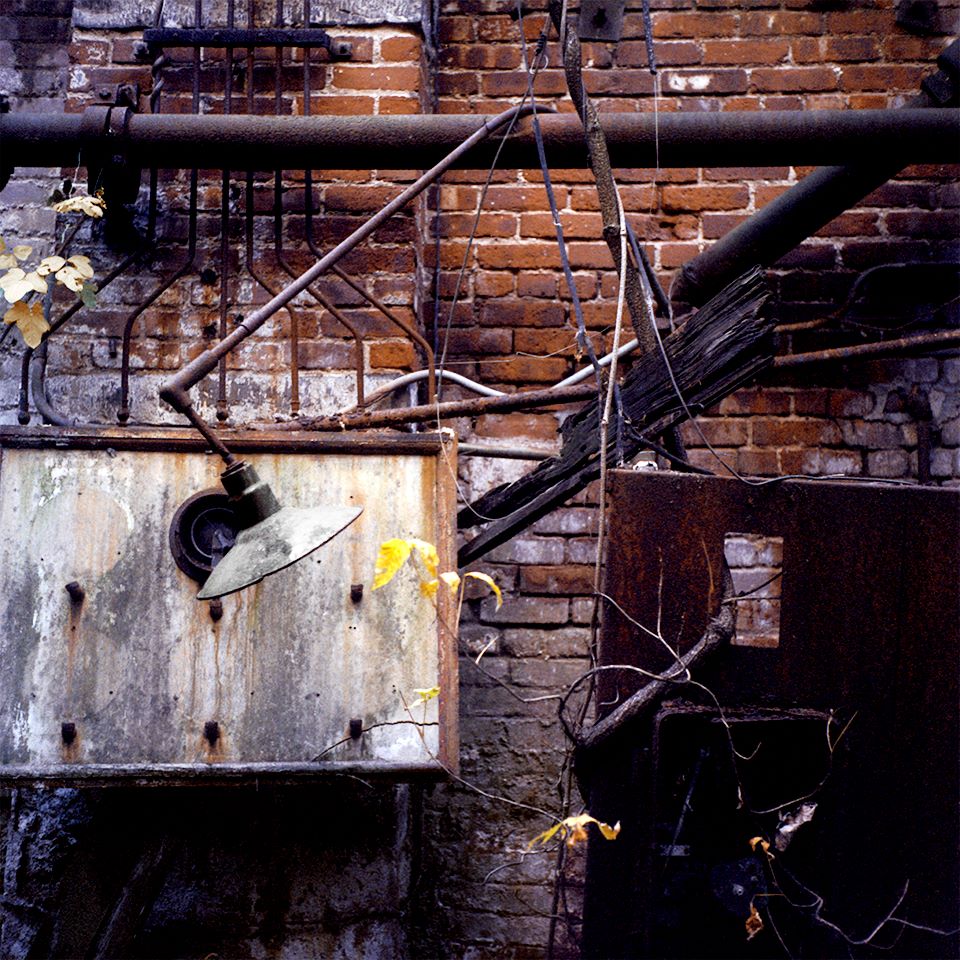

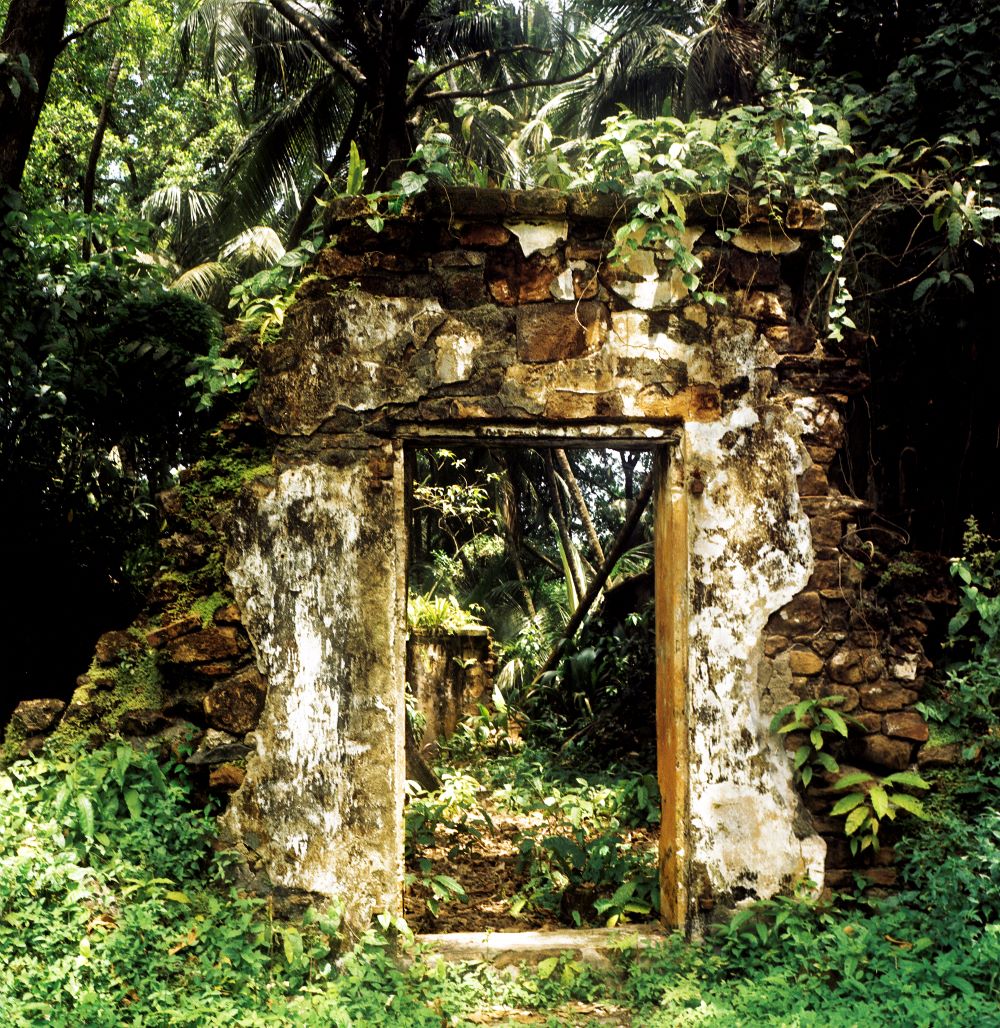


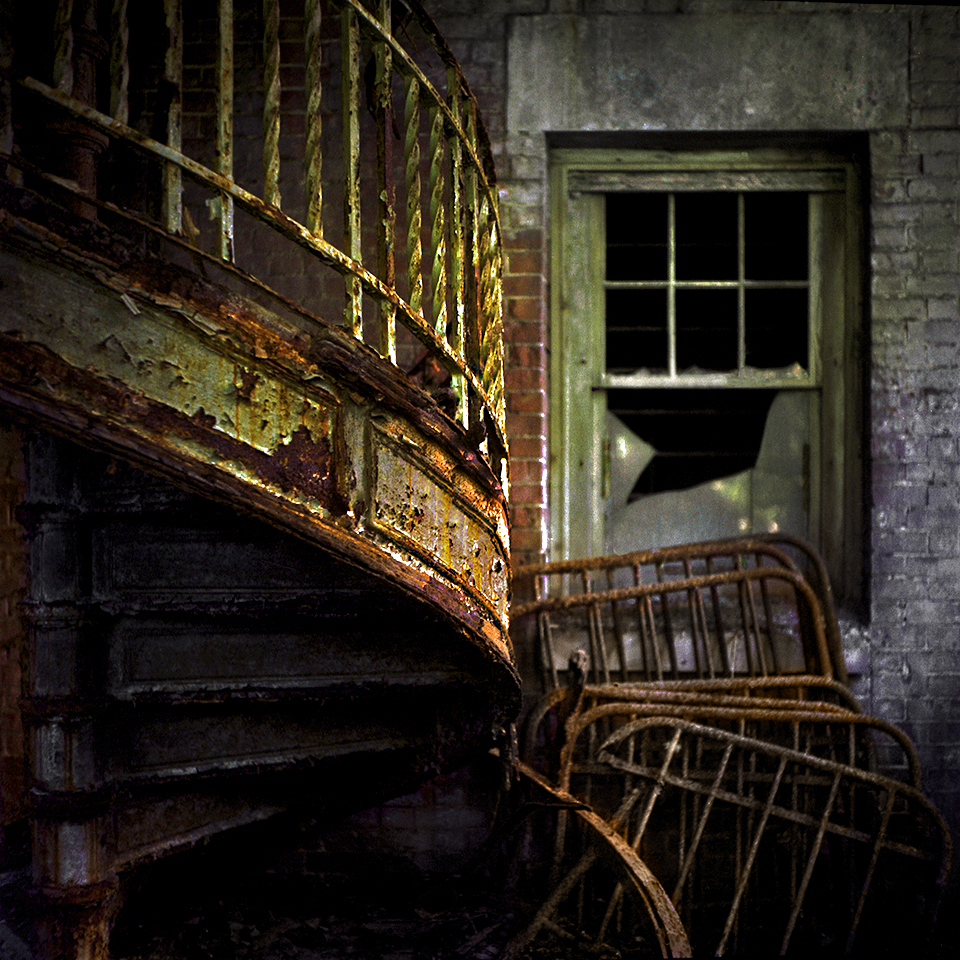

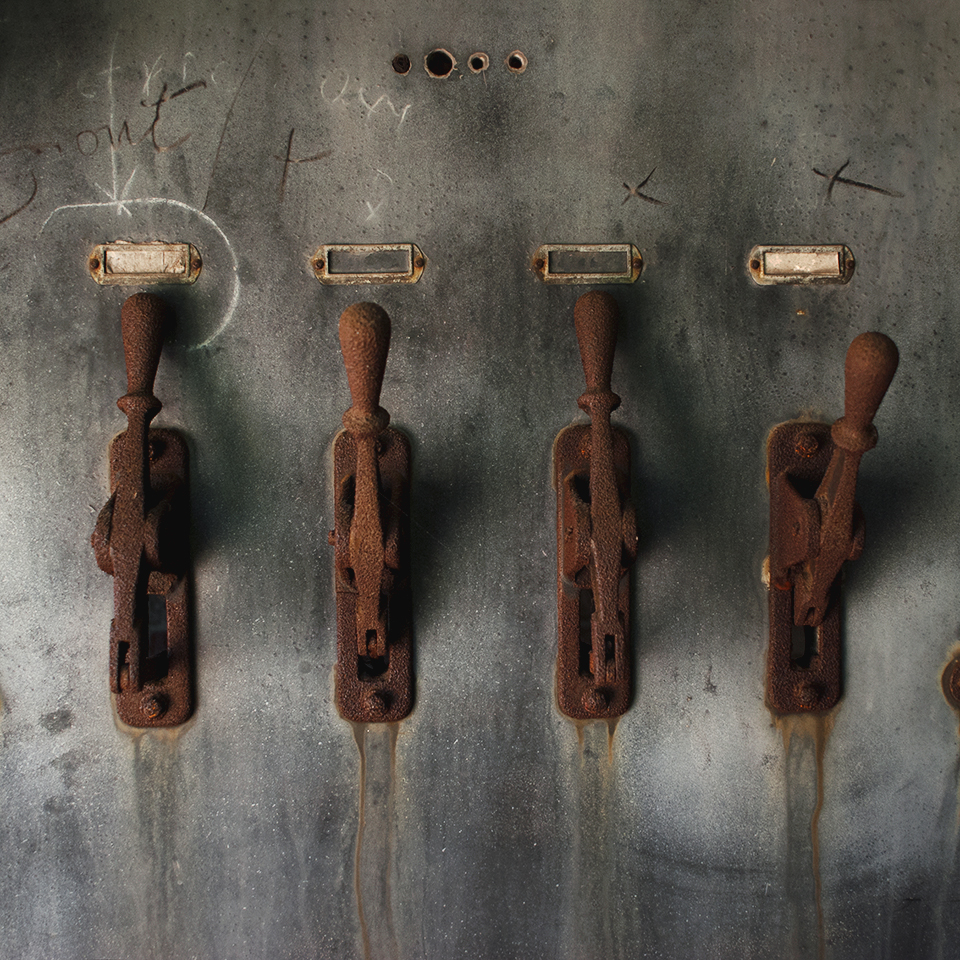
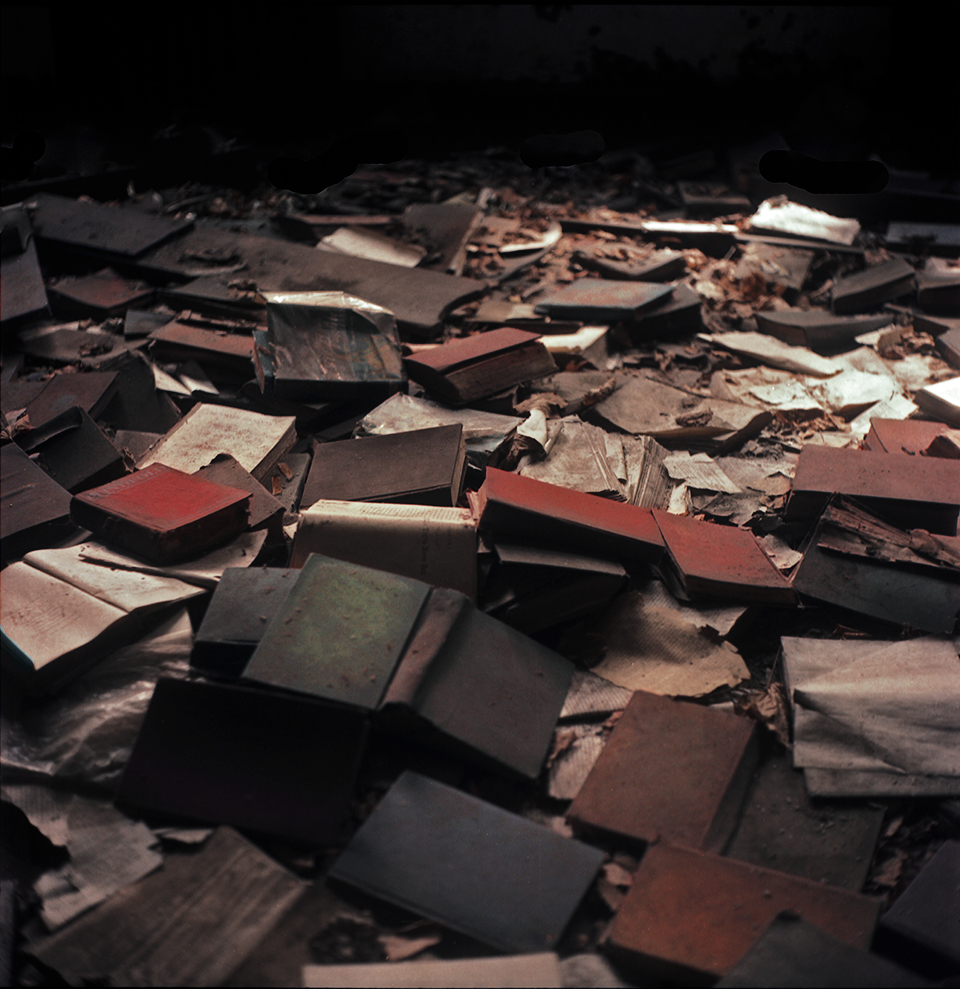
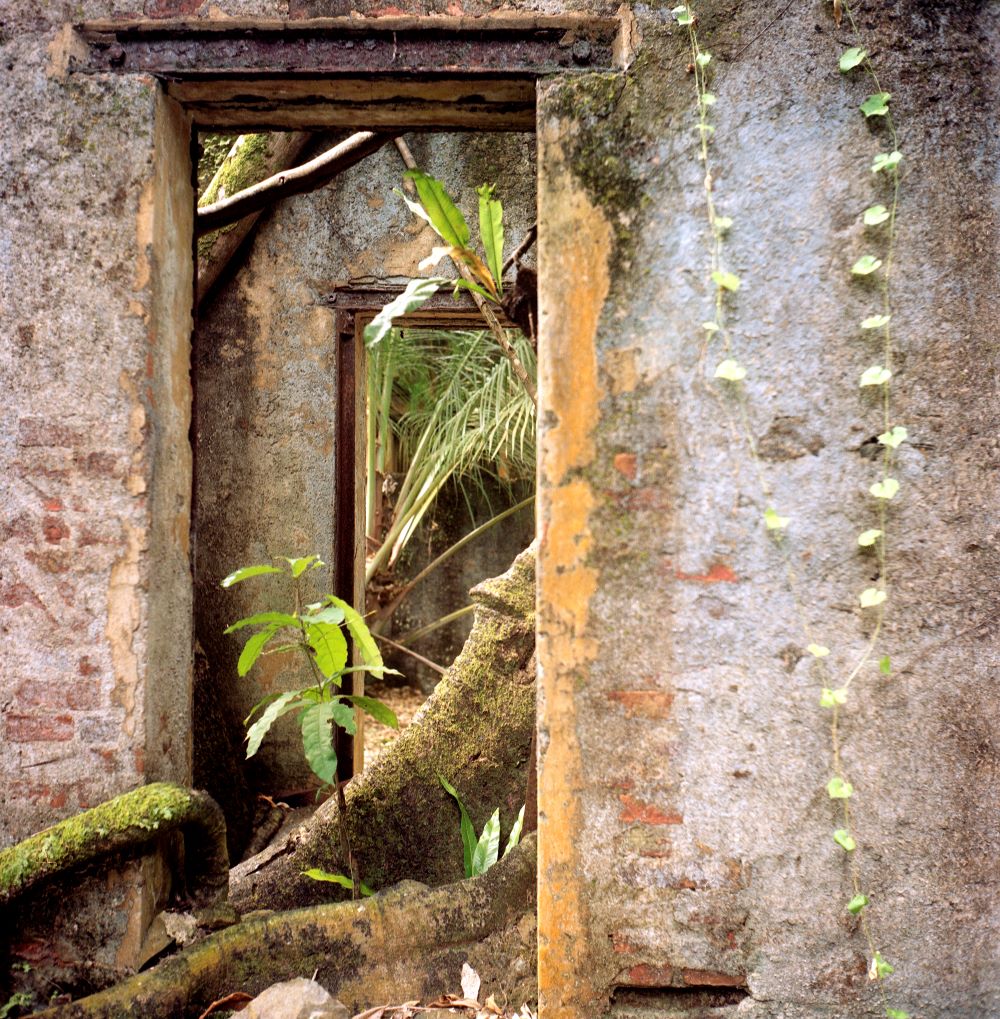
North Brother Island and St. Joseph Island hold dark pasts. They are shrouded in shadows and memories many would prefer to forget.
North Brother Island lies near the bustling metropolis of New York City, while St. Joseph is near Kourou, home to Europe’s Guiana Space Centre in French Guiana (South America). Both islands have been reclaimed by nature. Their history is now drowned beneath chirping sounds and lush vegetation. Yet spirits linger and the past remains ever-present there.
From 1852 to 1952, St. Joseph served as a French penal colony. Inmates faced harsh living conditions in an inhospitable and brutal environment. Meanwhile, North Brother Island witnessed its own share of tragedy. From 1881 to 1943, the island housed Riverside Hospital, which focused on quarantinable diseases and included a tuberculosis sanatorium, an often-fatal disease at the time. Later, between 1952 and 1964, the buildings served as a youth drug rehabilitation center.
The beauty of nature holds a remarkable gift: the ability to transform the sorrowful remnants of time into a picturesque, colorful painting. A once dark and gray past now bursts with vibrant greens, beautifully rusted reds, and soft pastel blues. These images reveal how nature and time, working in harmony, can turn an inhumane past into a brilliant and hopeful future.
WHY I LOVE THIS URBEX PHOTOGRAPHY SERIES, by Aurélie
Urbex is short for urban exploration, an often illegal and sometimes dangerous activity where people explore abandoned buildings, hidden tunnels, and forgotten places. Besides the thrill of danger and the appeal of the unknown, urbex is about uncovering the layers of history that are hidden underneath new construction or vegetation.
The origins of urban exploration can be traced to the 1960s. From a secret subculture shared by a few, it grew in popularity over the years. Urbex now benefits from a community of true enthusiasts who share their discoveries and experiences on social media, internet forums and websites. The number of abandoned sites also exploded in recent years due to massive deindustrialization, which left many factories and such open to the elements (and explorers).
People venture into dangerous places for a multitude of reasons. From those who like the athletic prowess urbex requires to those fascinated by local history or architecture, to people looking for freedom in an otherwise corseted world, there are many ways to urbex. Yet, it is not a fee for all; some rules exist. True urbexers don’t break in, vandal or take anything away, and most do not divulge the exact location of their new spot.
I love Kiritin’s urbex photography because her images evoke human endeavors colliding with the passage of time. They contrast nature’s resilience and power against human frailty. They speak of death and decay, oblivion and history, but also of life and the continuum of time. They act like modern day vanitas.
ABOUT THE ARTIST
Kiritin Beyer was born in Copenhagen to a French mother and a Danish father. After spending some of her childhood in the French Pyrénées mountains, she moved to Paris to join the National Circus School. There she was exposed to the plasticity of the human body, an experience that later influenced her work.
The five years Beyer spent in Paris working as a model made her realize she enjoyed being behind the lens rather than in front of it.
She arrived to New York to pursue photography and video in 2004. In 2012, she won a Film fellowship from BRIC (a Brooklyn-based art foundation). Later that year Beyer traveled to East Africa with artist Parris Jaru to film “Imagination is Creation.” The short film was nominated in the Arts Category at the Emmy Awards.
In her urban exploration series, Reappropriation, she used abandoned locations as personal playground to conjure ancient traditions.
Beyer lives in New York, where she works as a photographer and videographer for interior magazines and designers.
RECENT PRESS: Aurélie’s Gallery : Kiritin Beyer : No Land – The Eye of Photography Magazine
